A Nasdaq-listed pharmaceutical distribution company has become one of the latest major enterprises to leverage blockchain for real-world utility, announcing that it will use the XRP Ledger (XRPL) to run a new payments platform for pharmacies. The move highlights how blockchain is increasingly stepping beyond speculation to solve inefficiencies in traditional industries.
According to the company’s announcement, XRPL will serve as the backbone of a system that enables faster, more transparent, and cost-efficient payments between pharmacies, suppliers, and distributors. By tapping into blockchain’s ability to settle transactions in real time, the initiative aims to replace slower and more expensive legacy payment rails. This marks a notable step in applying crypto infrastructure within one of the most tightly regulated and essential industries.
The pharmaceutical sector has long struggled with slow reimbursement cycles, complex invoicing systems, and high processing costs tied to outdated financial infrastructure. With XRPL’s low transaction fees and proven reliability, the company expects to significantly reduce settlement friction. The integration also underscores XRP’s positioning as a payments-focused blockchain, one that has maintained relevance even amid broader debates over digital asset regulation in the U.S.
This deployment adds to a growing list of enterprises experimenting with or fully adopting blockchain for supply chain and payments. For XRP and its ecosystem, the partnership demonstrates not only resilience but also growing demand for blockchain rails in mission-critical sectors like healthcare. As regulatory clarity evolves, such real-world integrations could serve as case studies in how digital ledgers can streamline industries beyond finance.

.svg)



















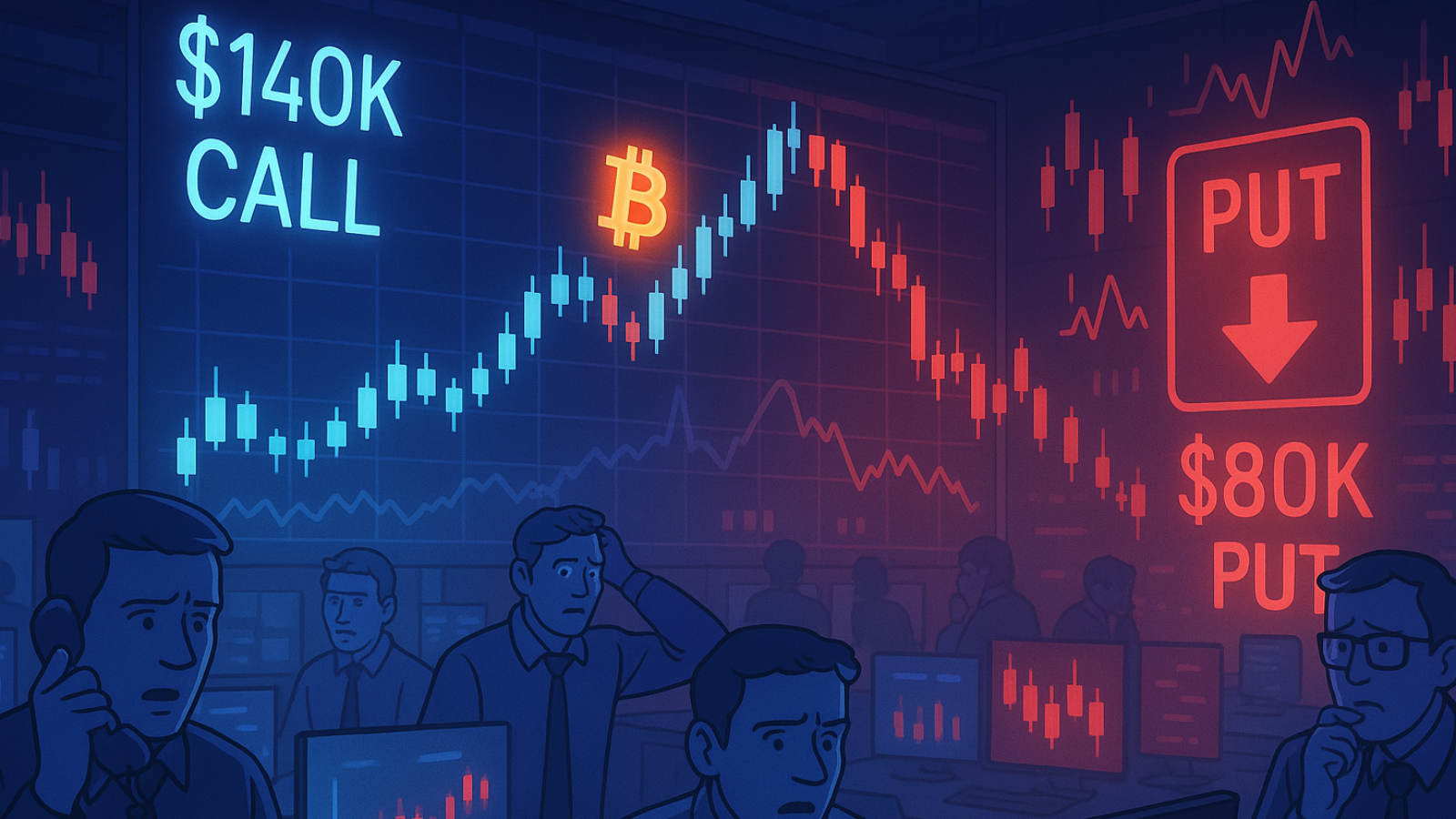






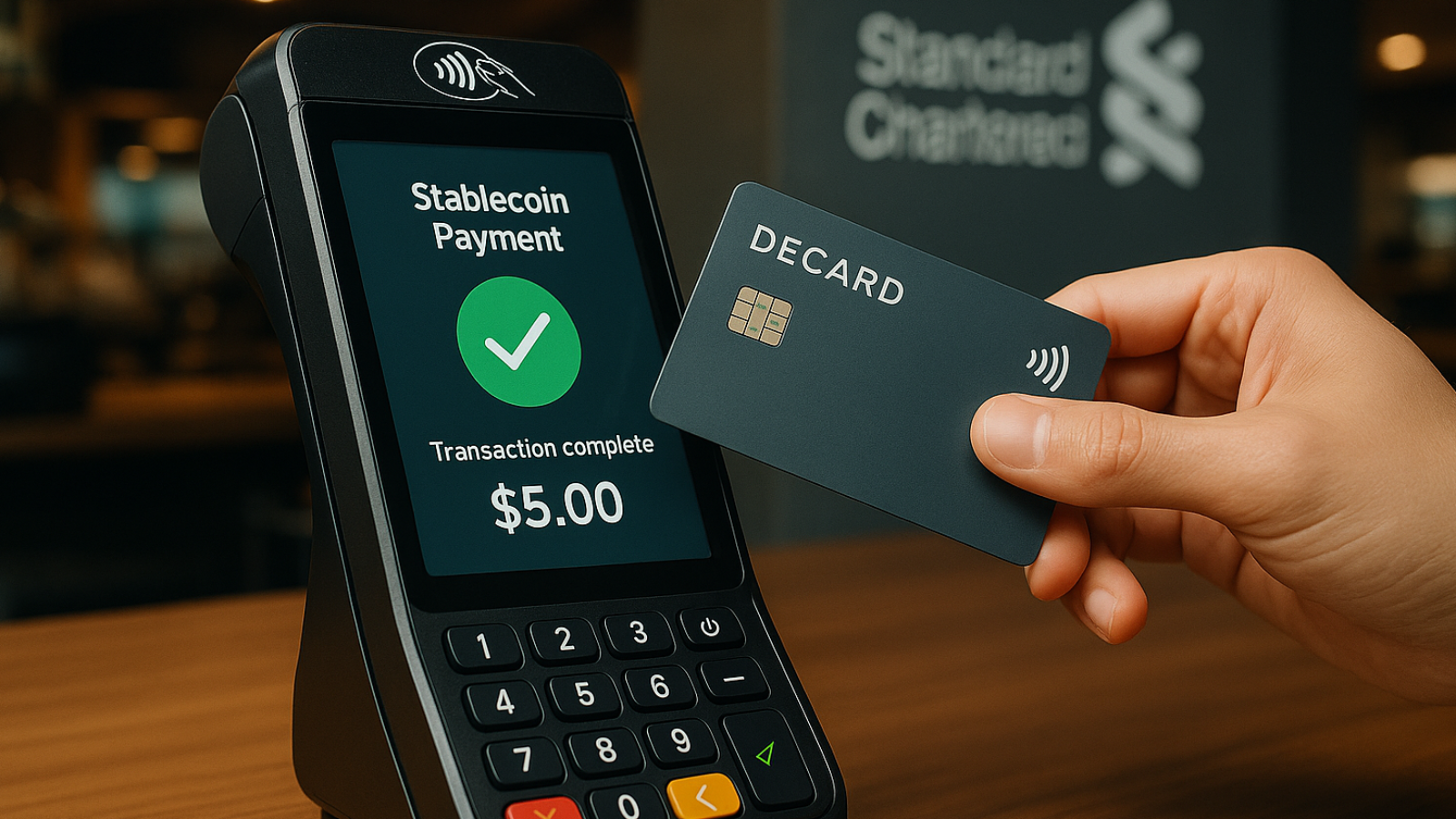


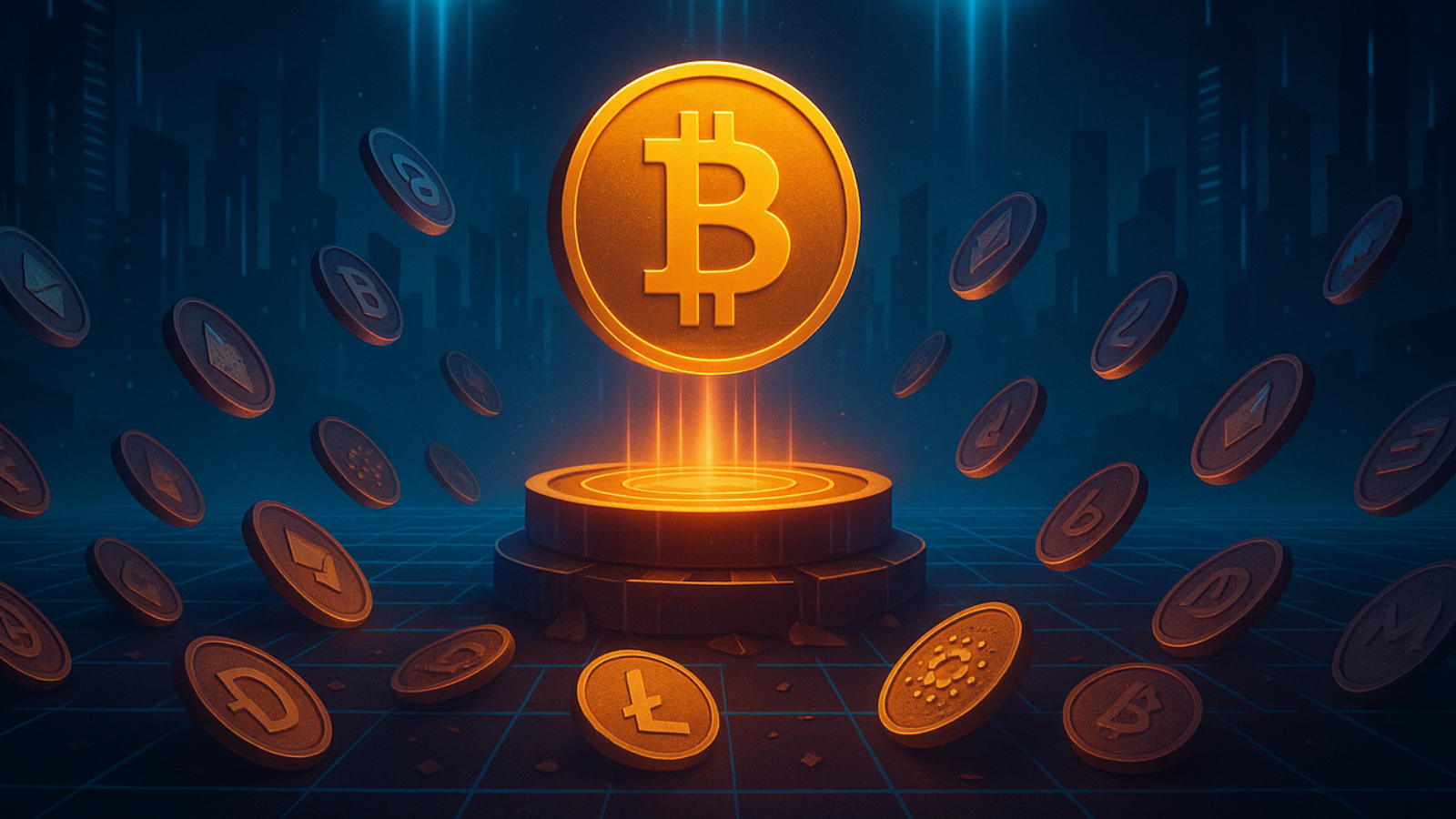

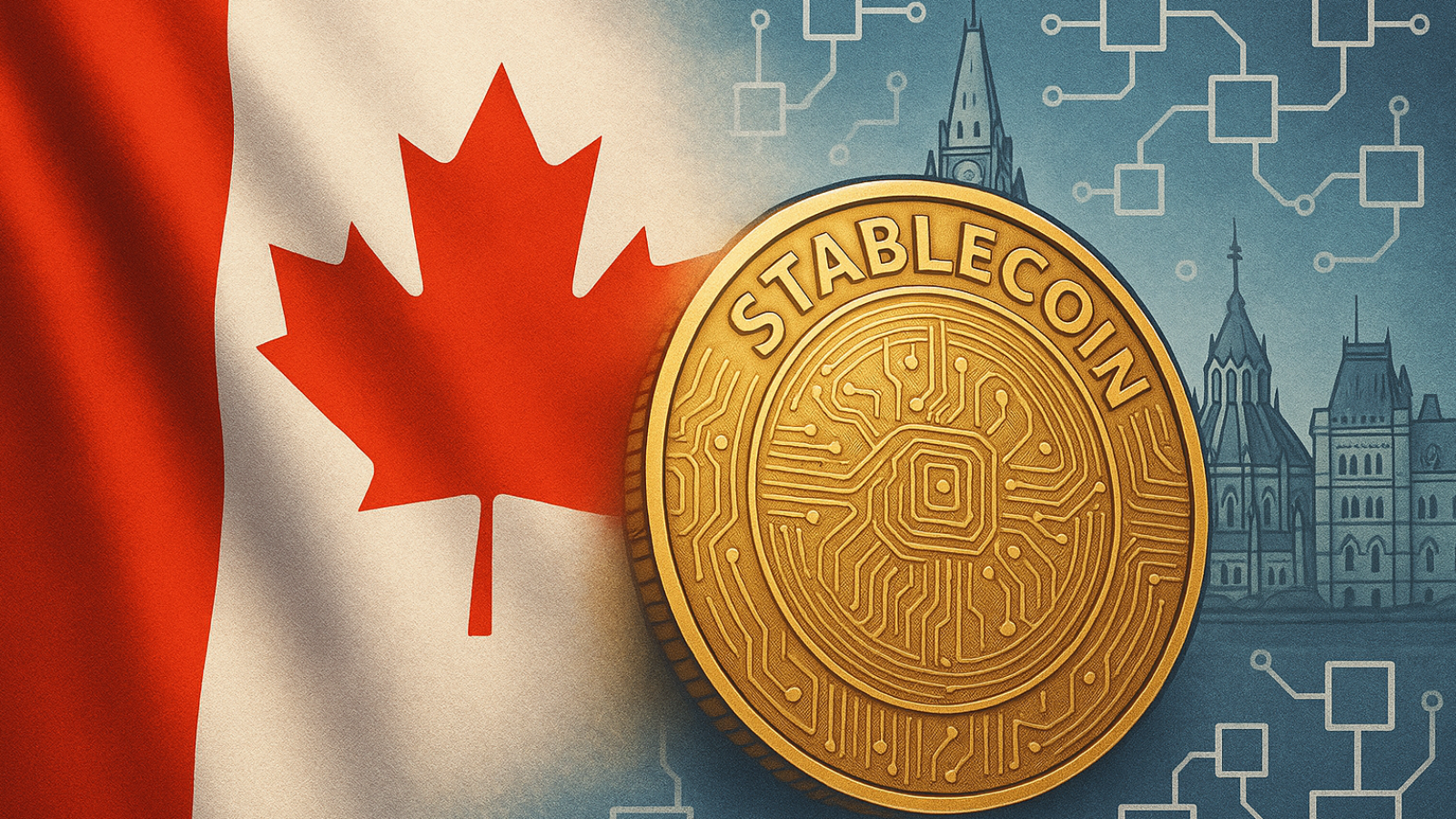
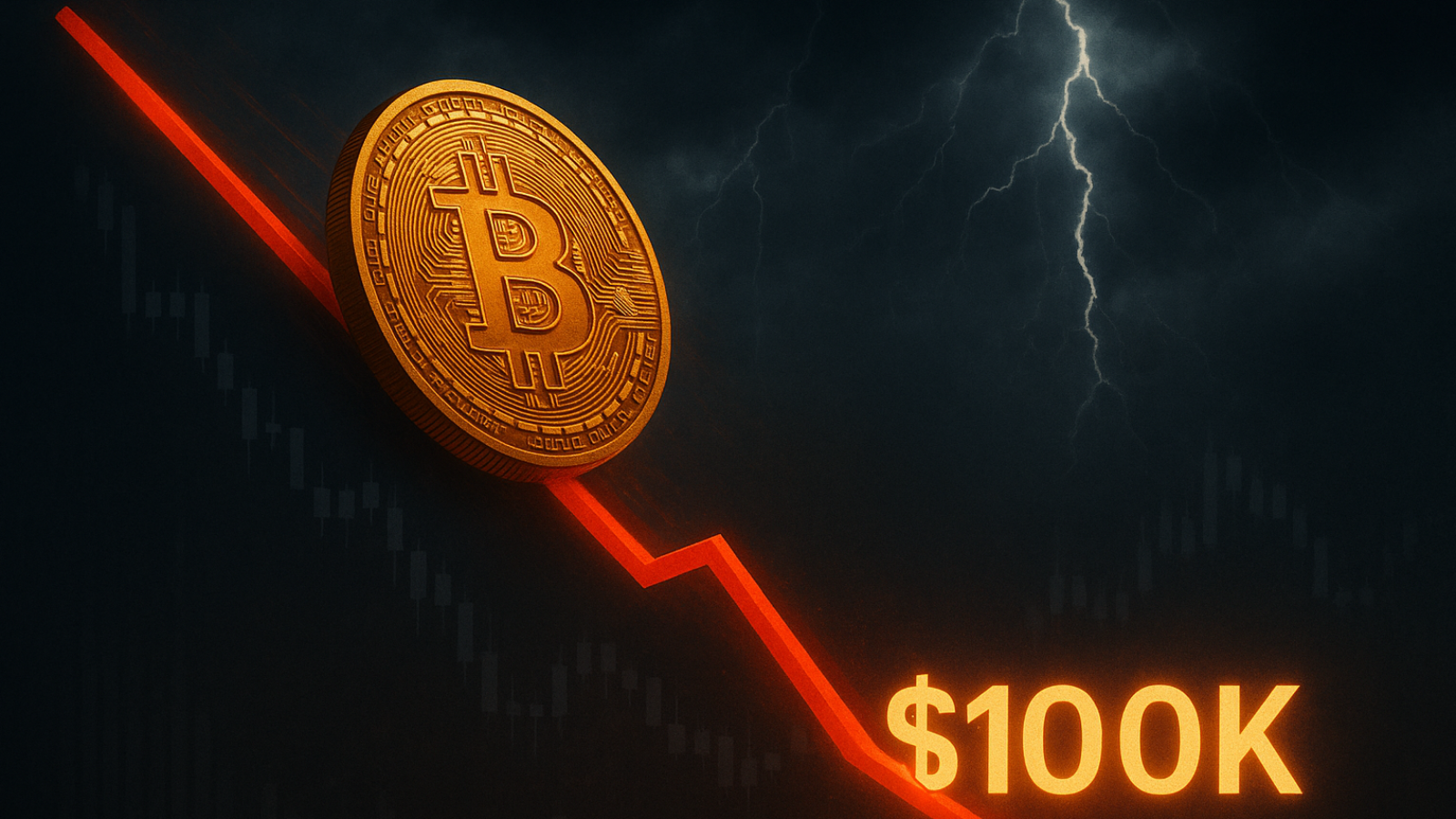




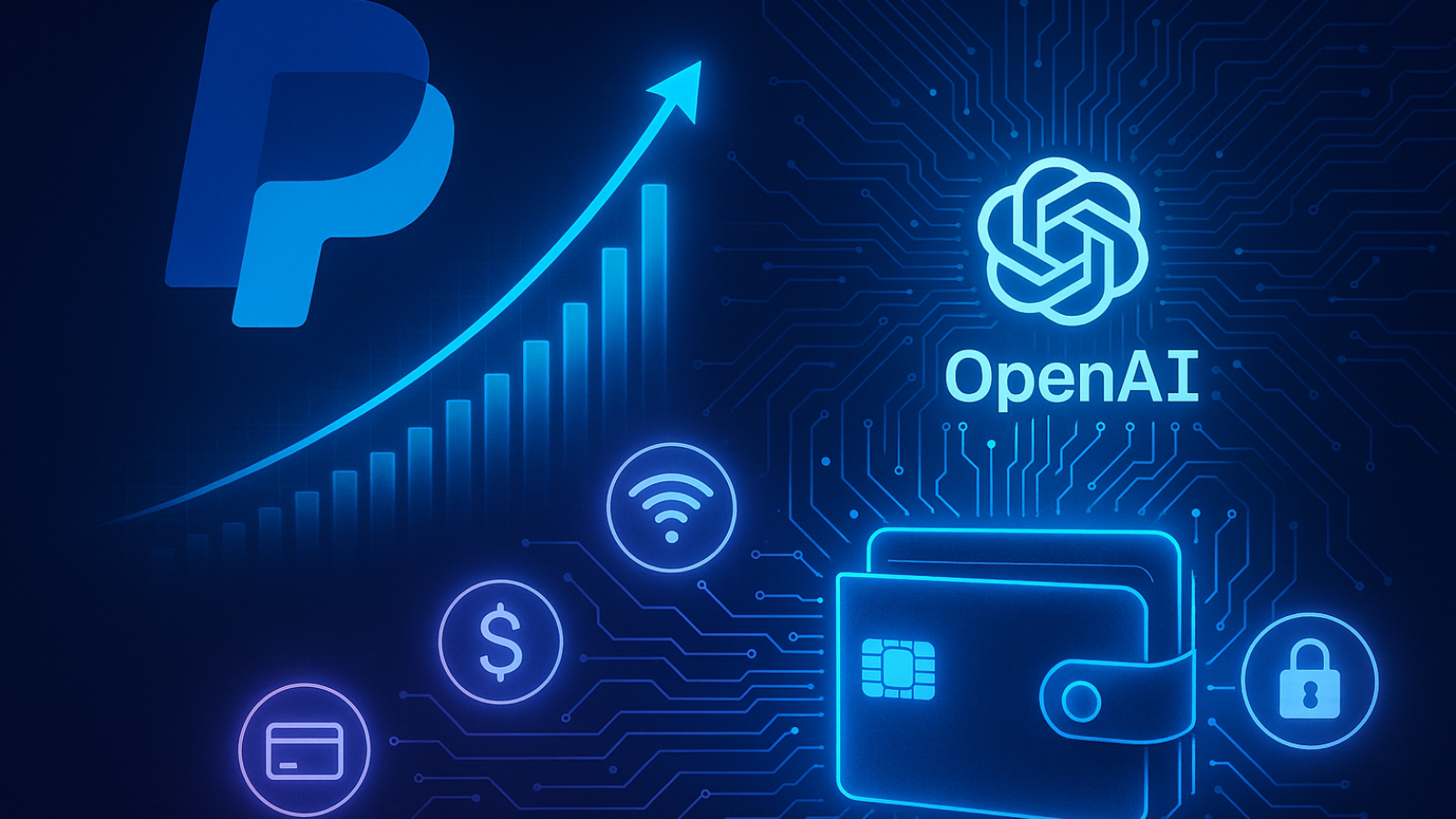






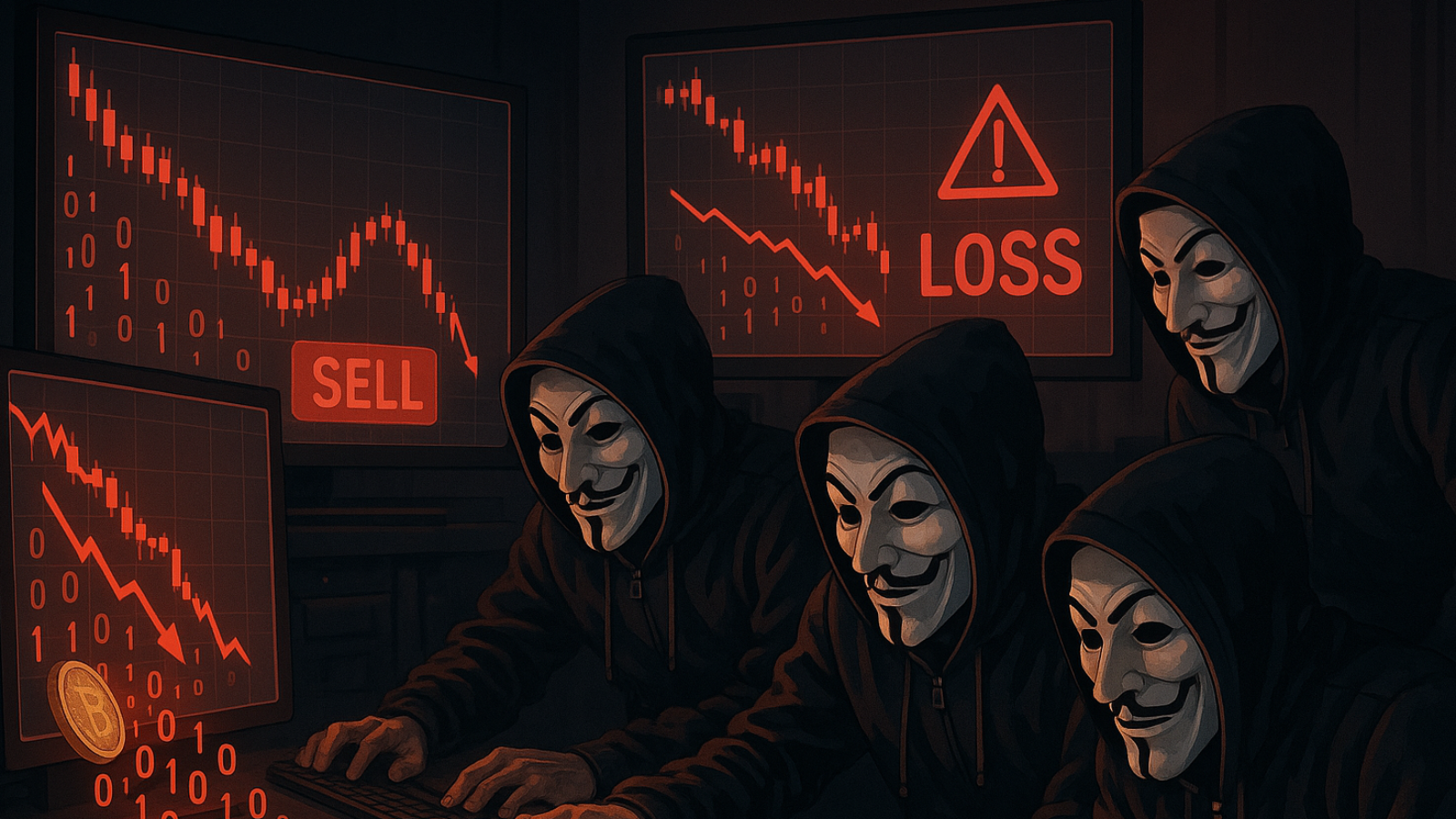


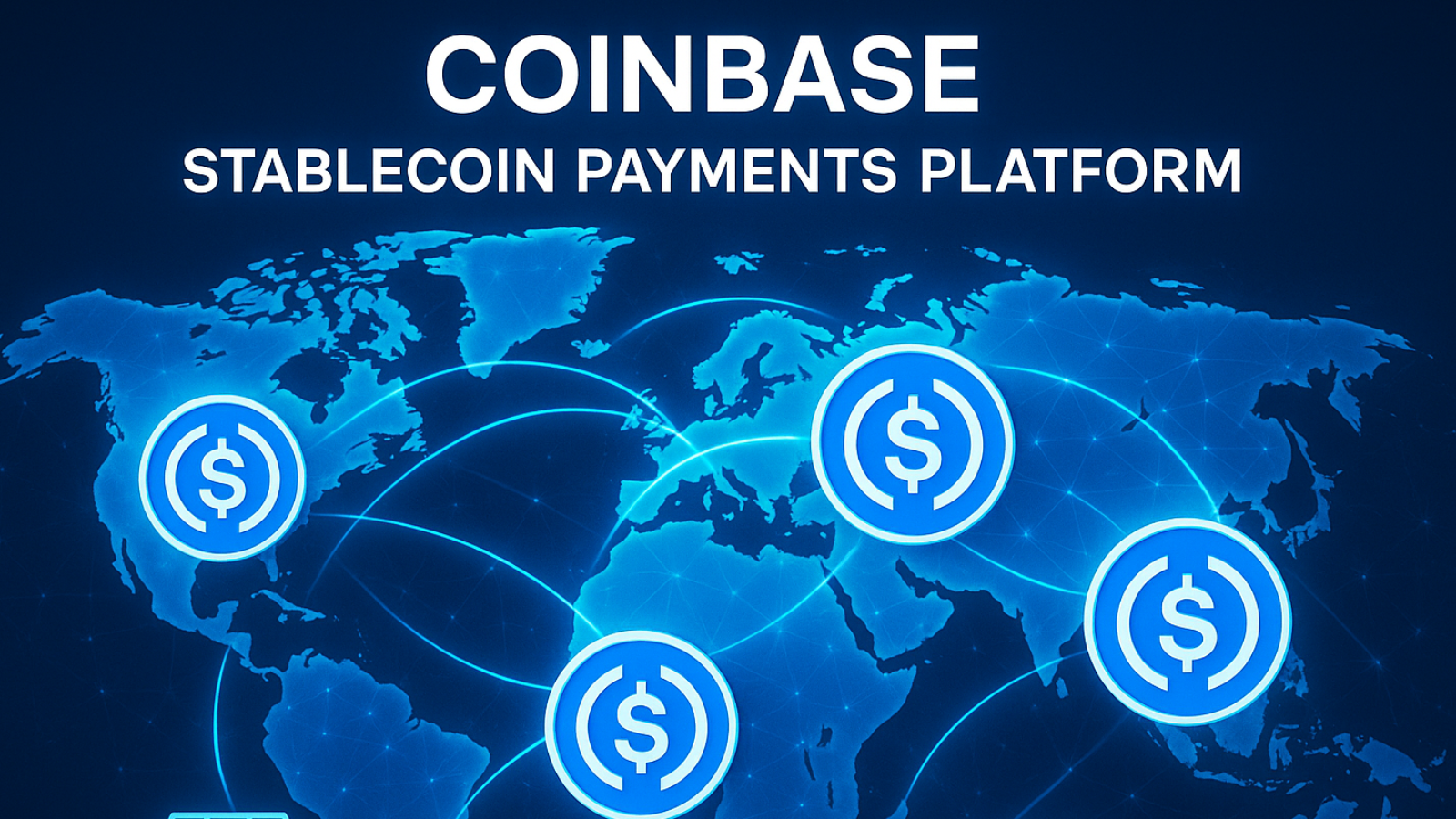

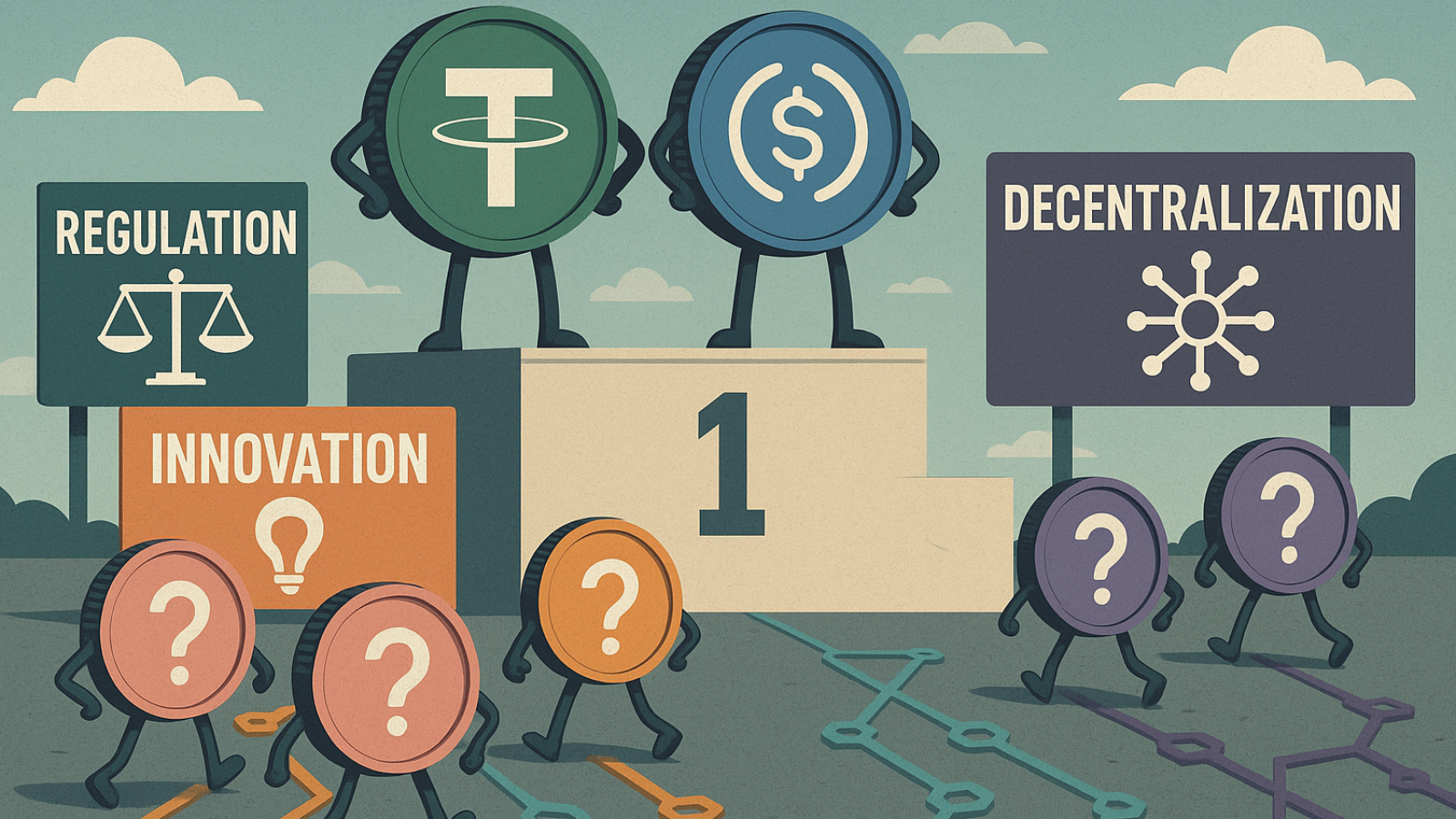


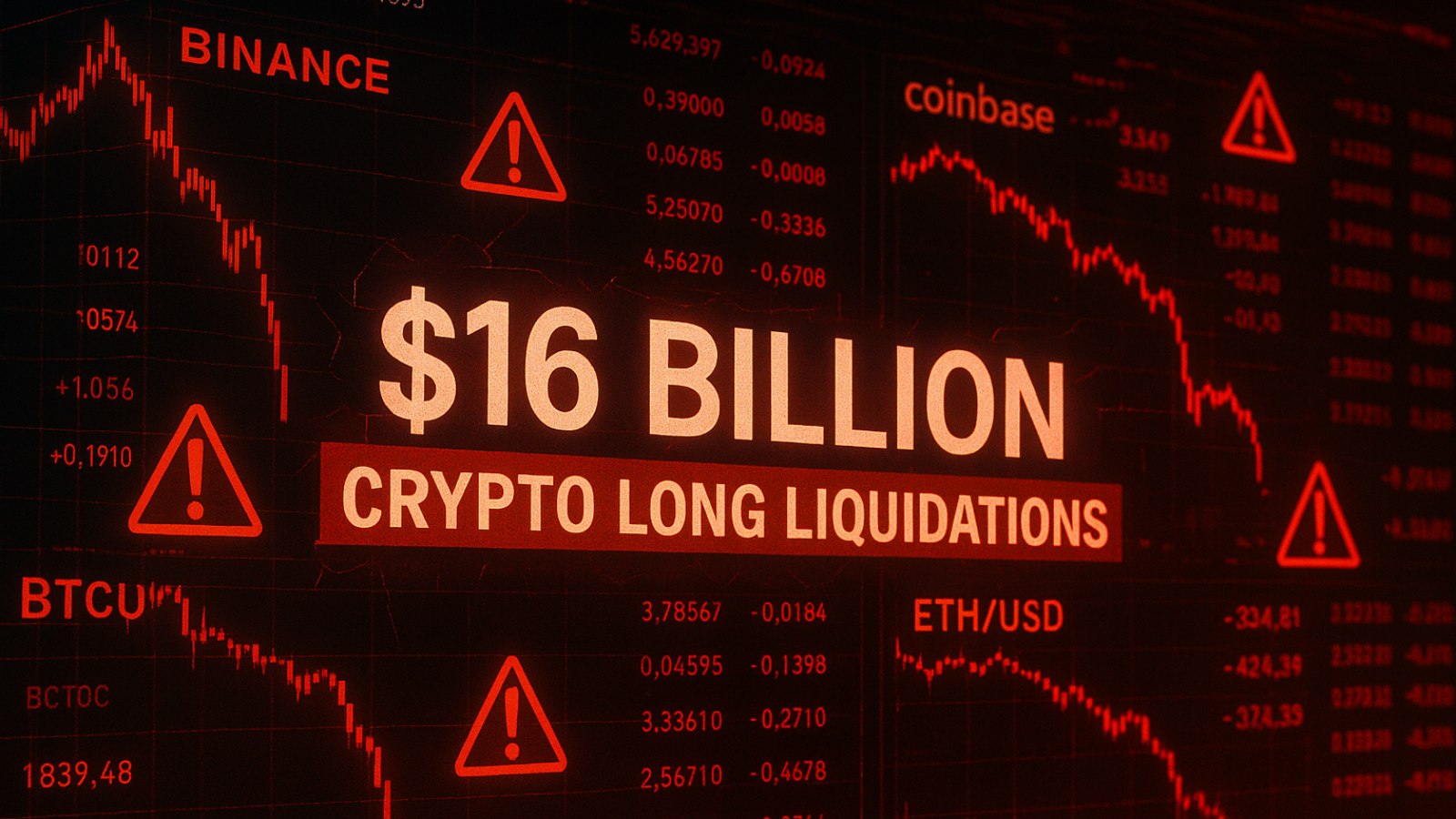
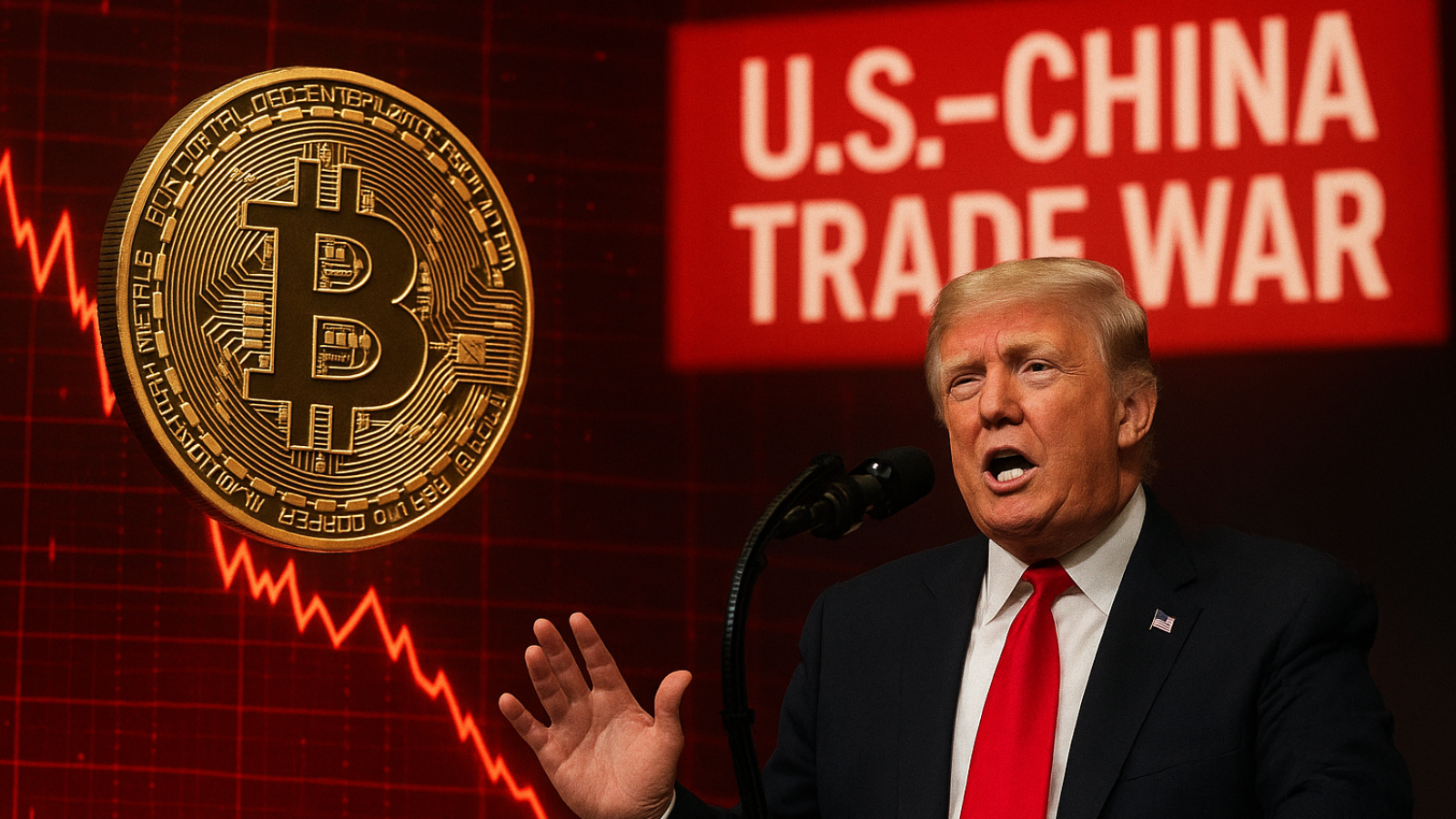

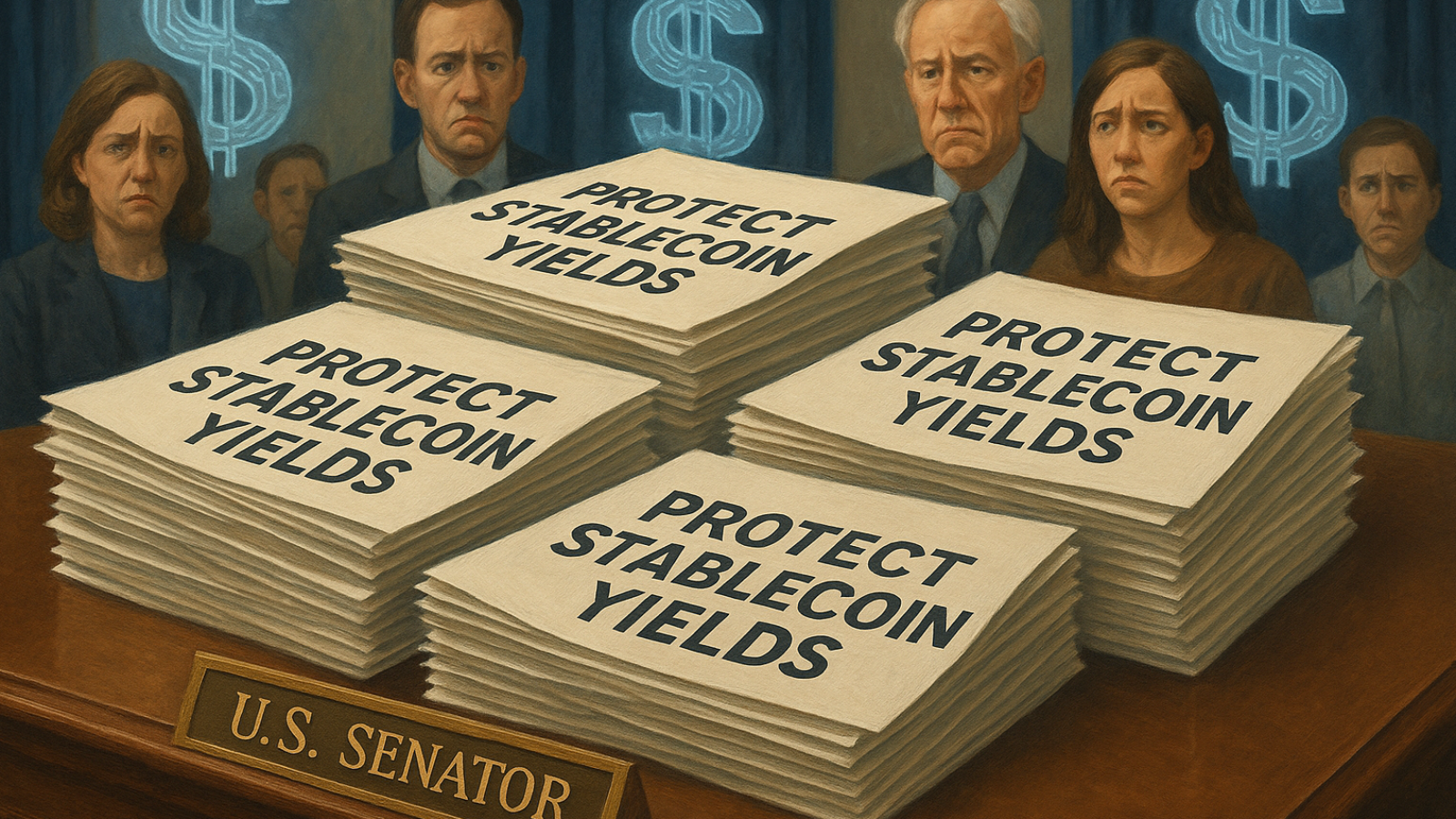
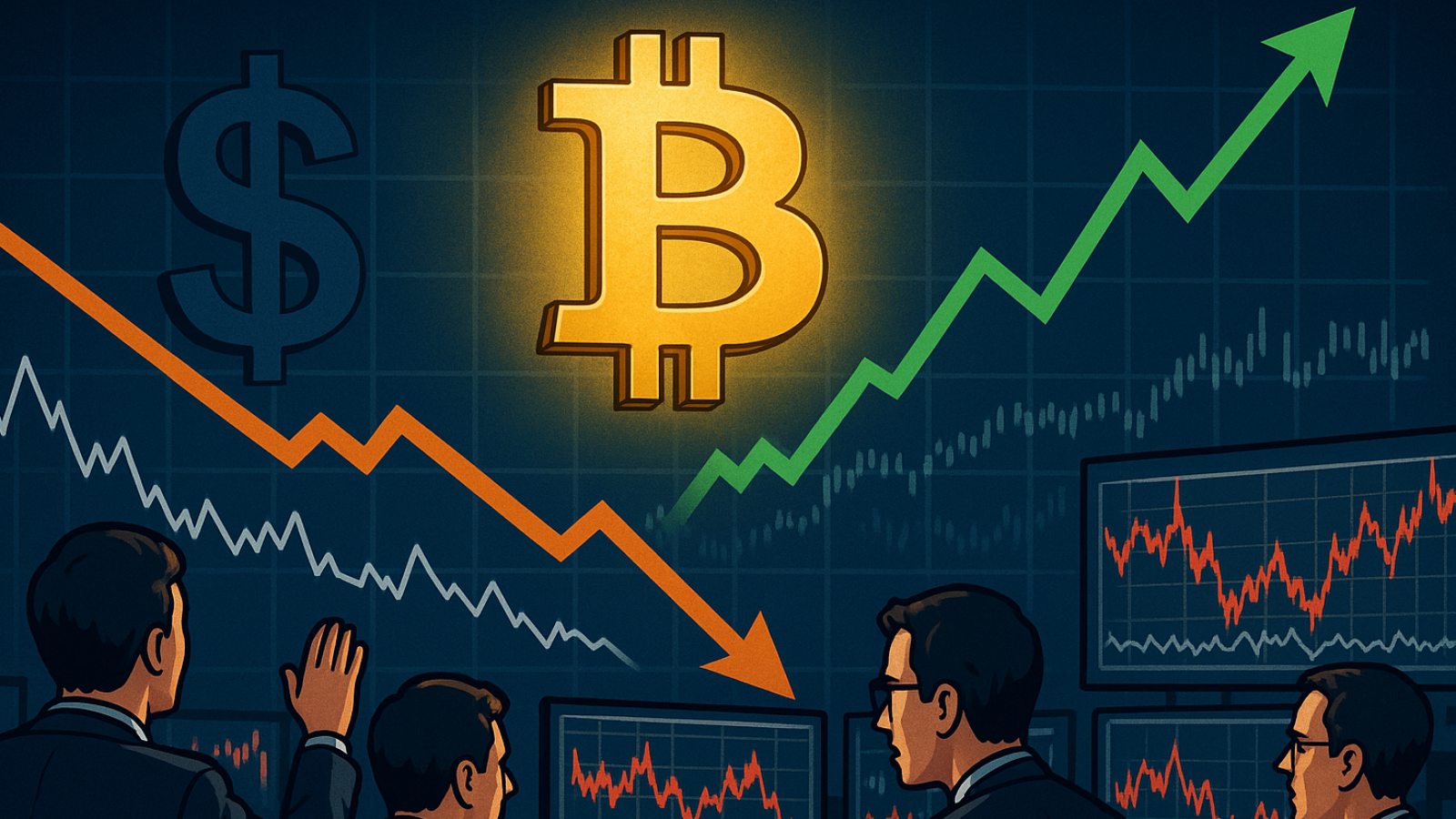
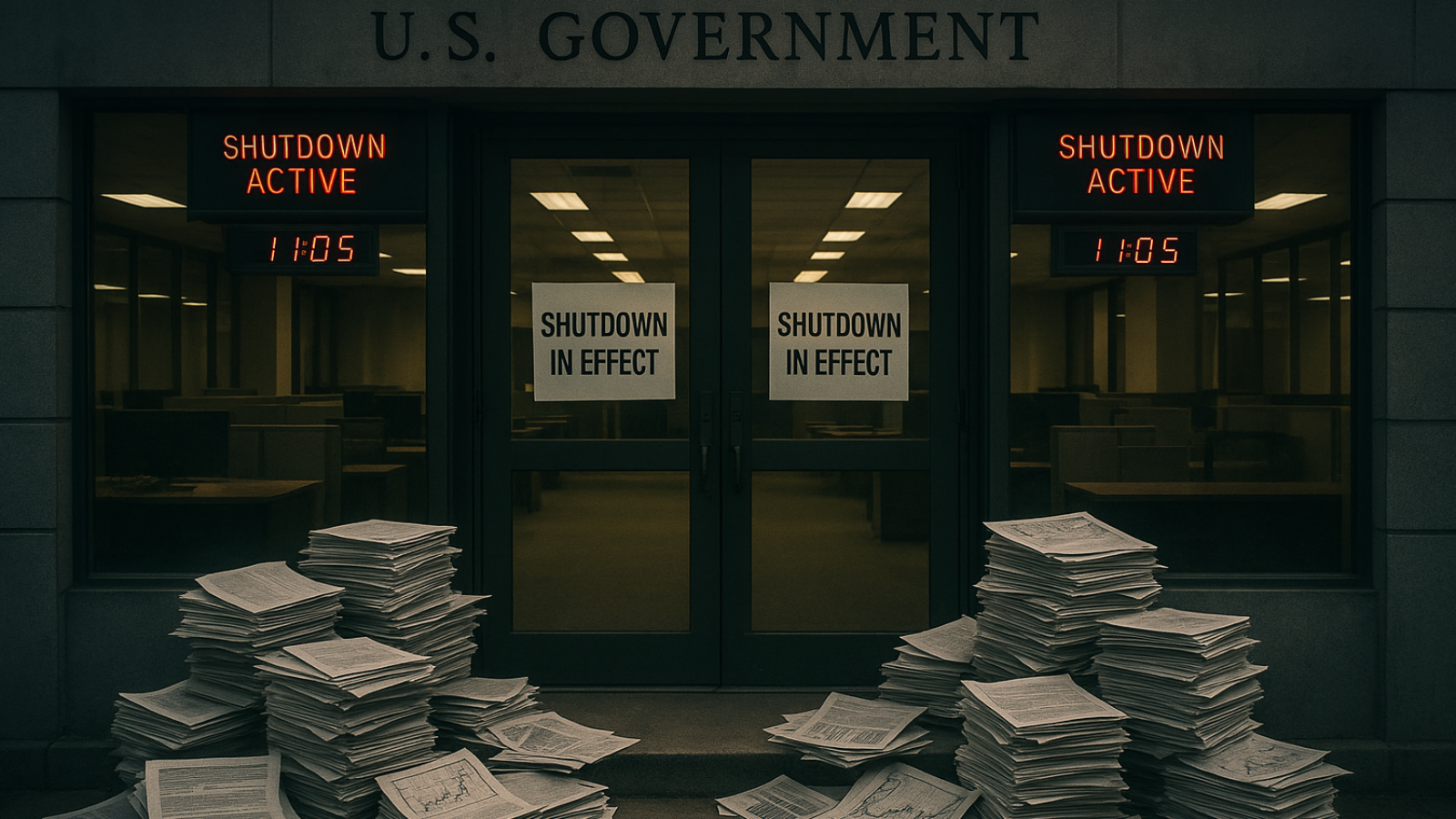

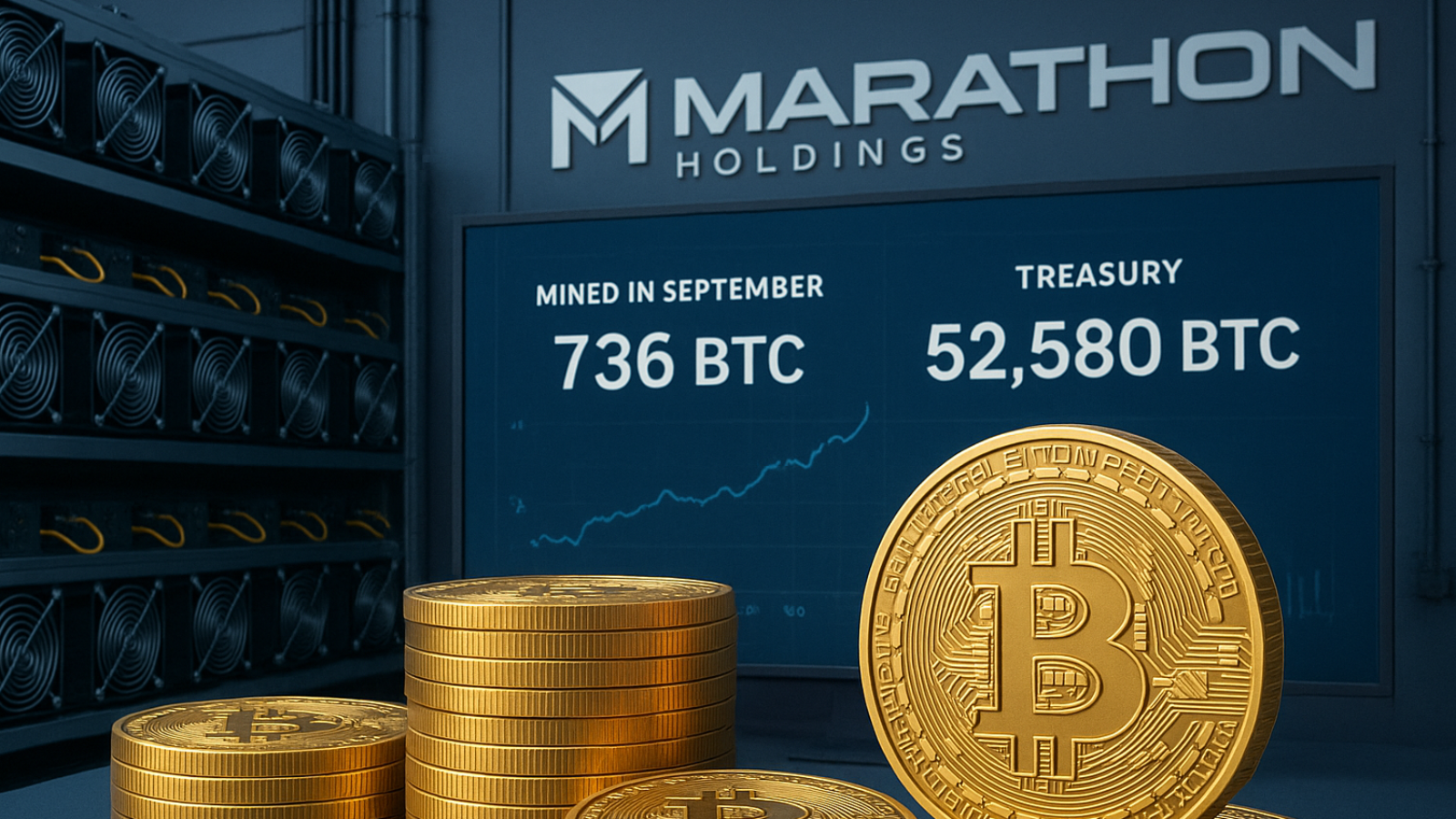
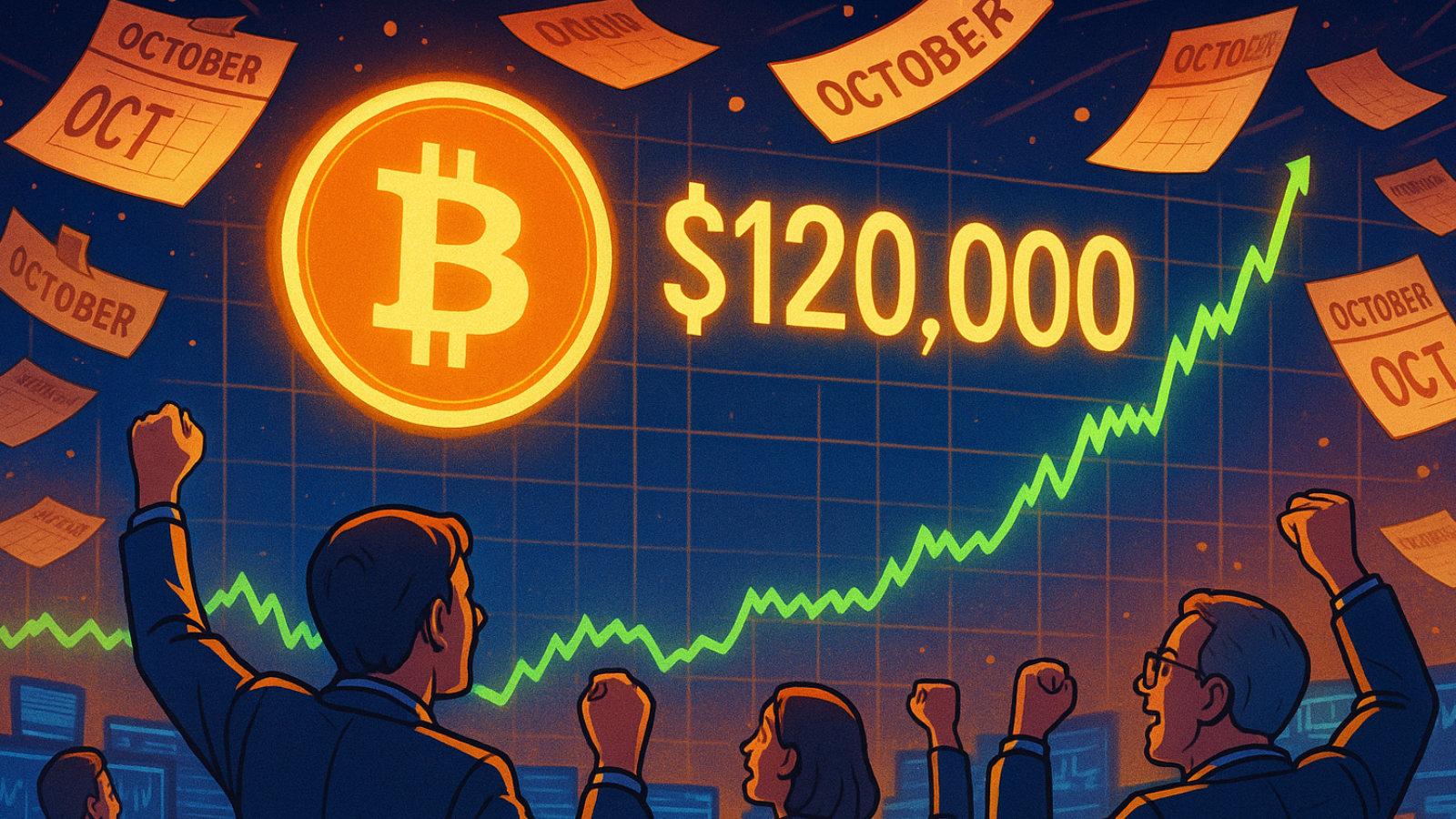
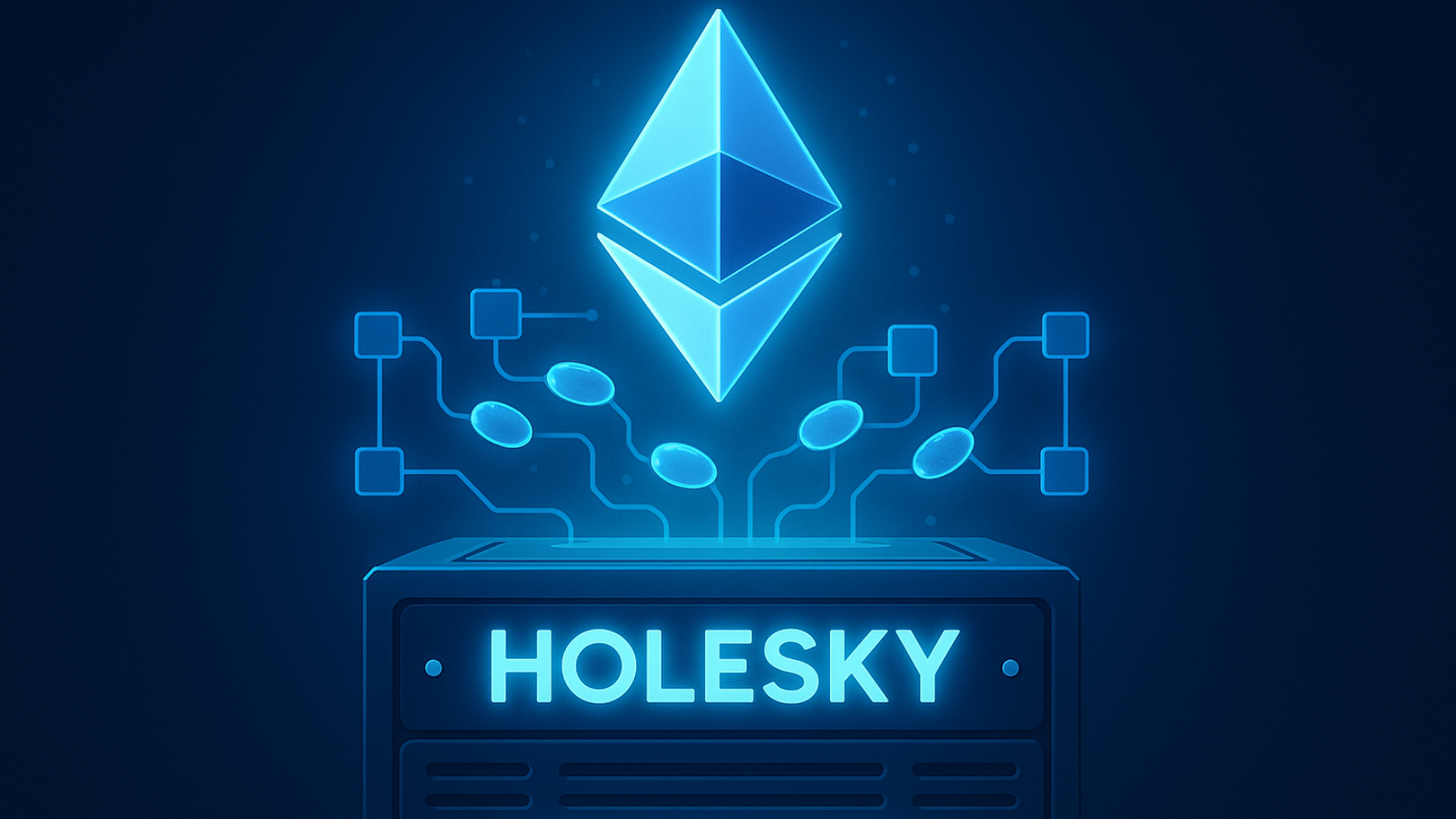


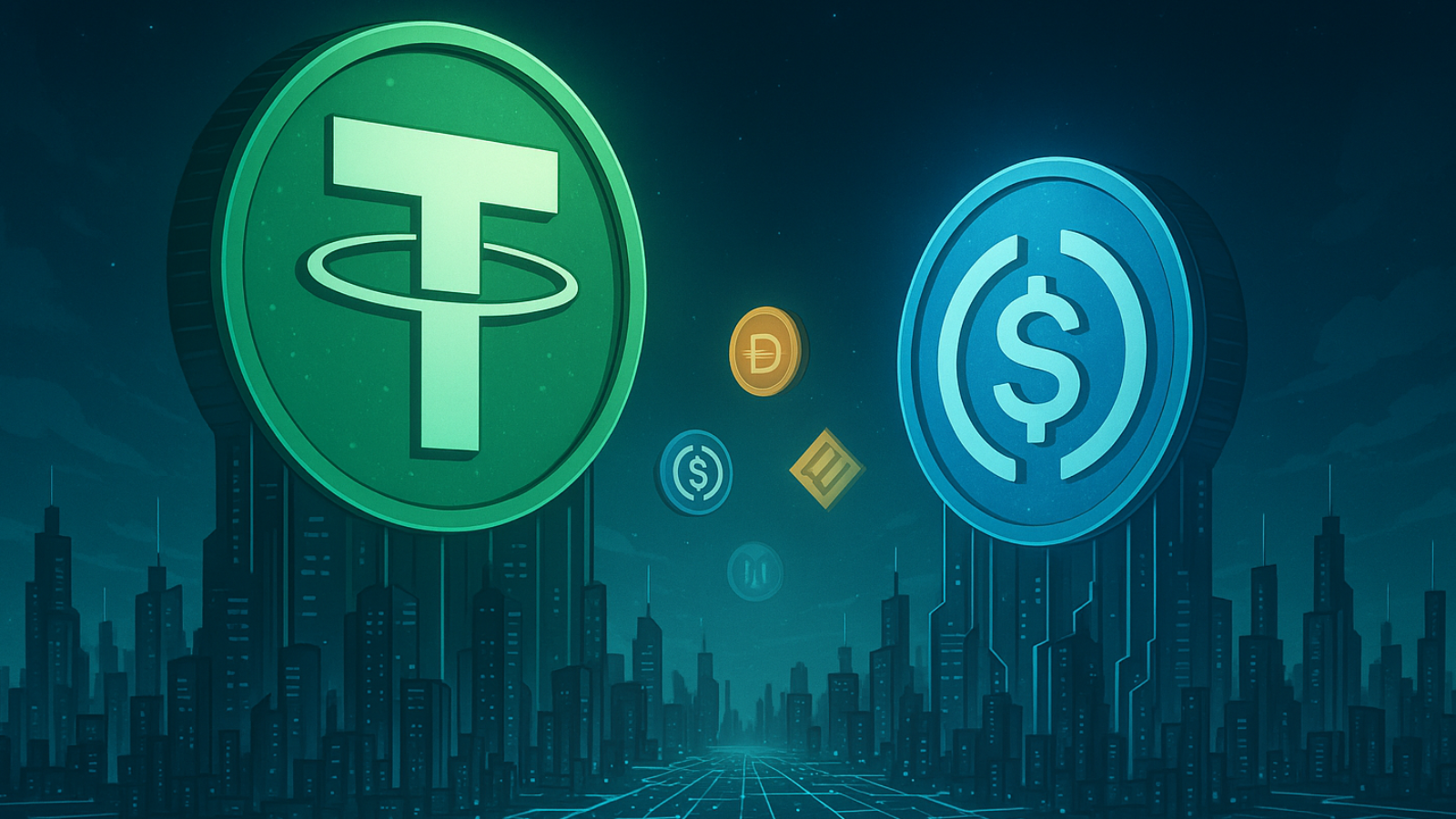

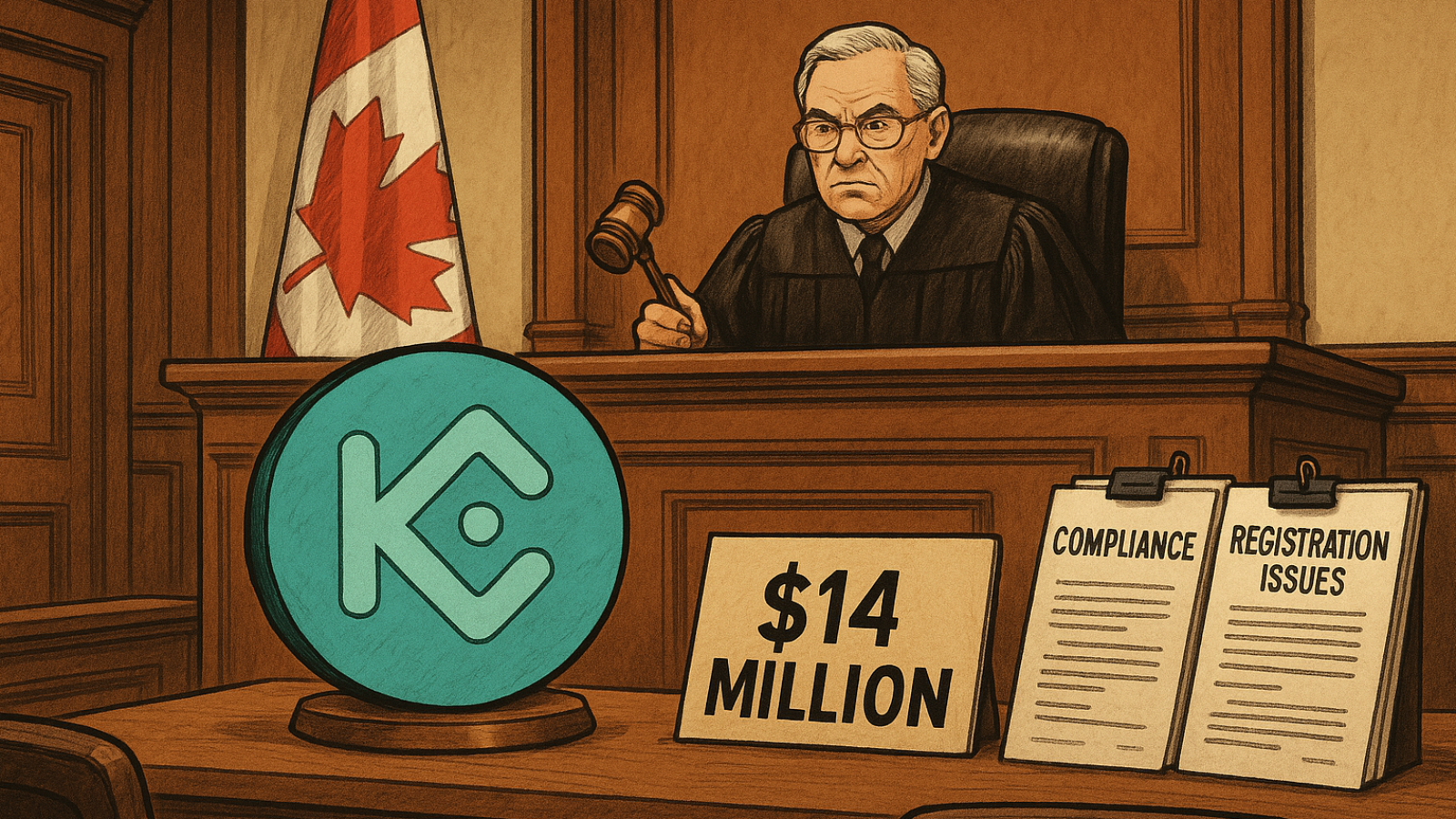
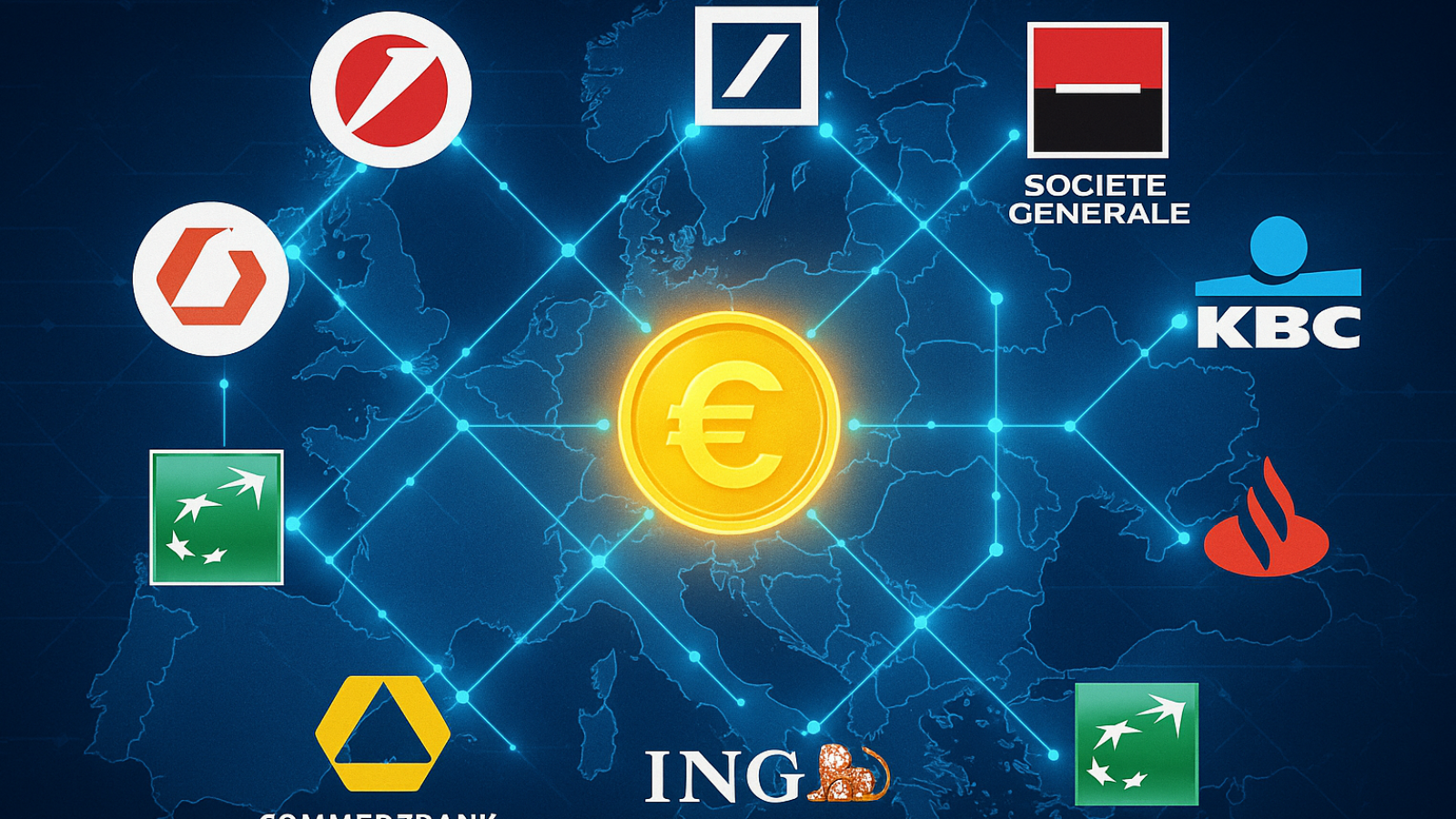






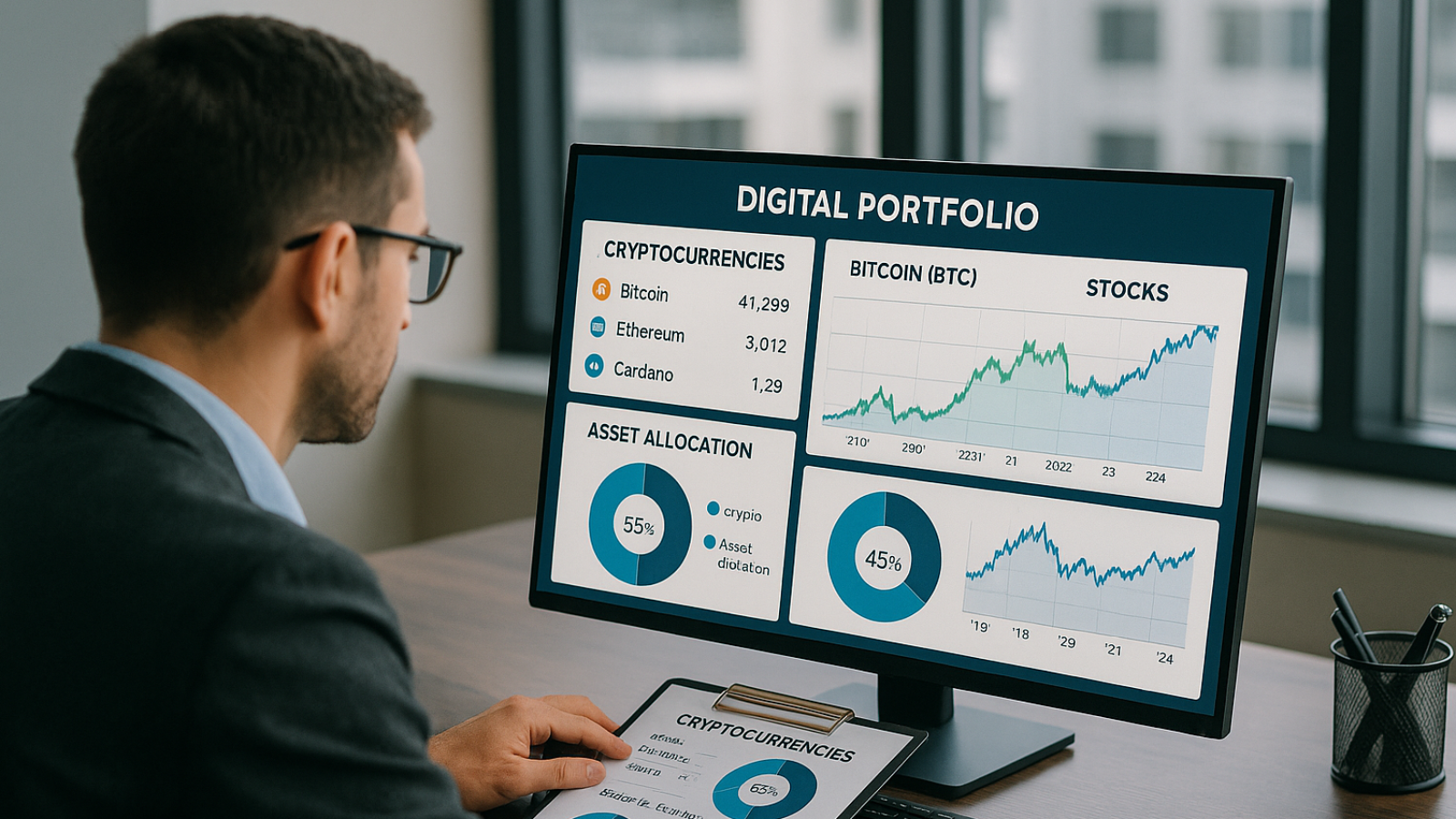

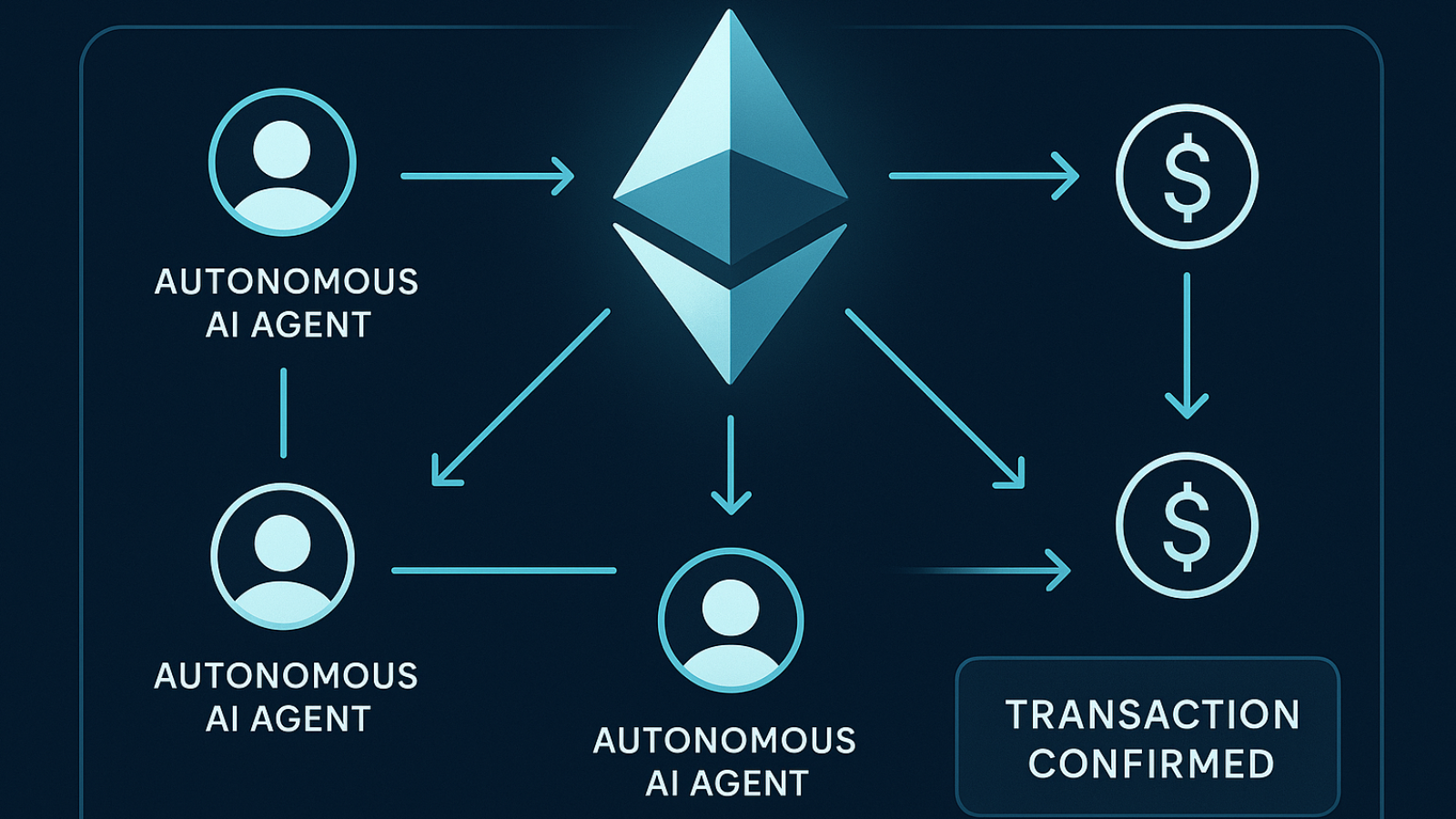
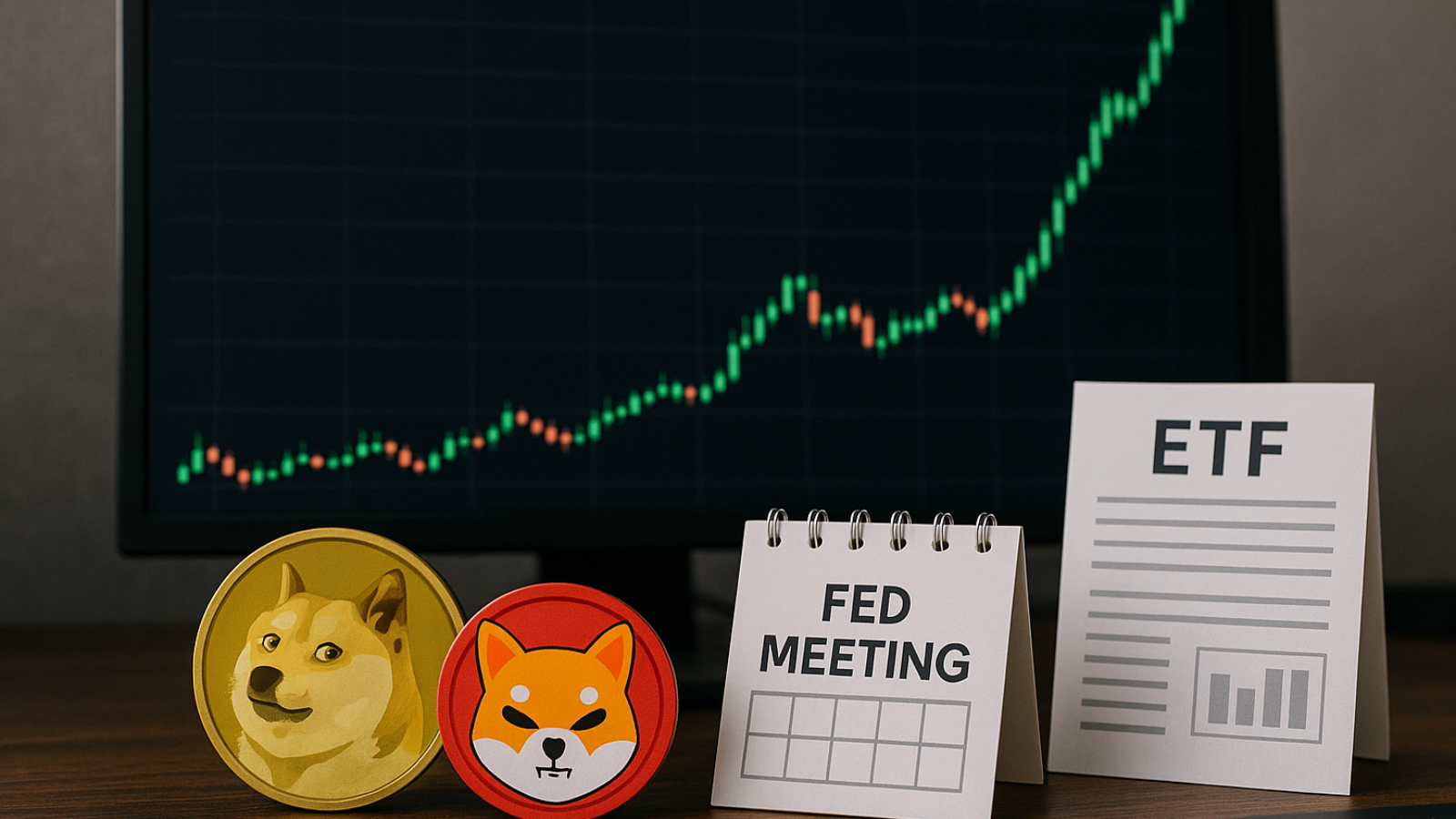

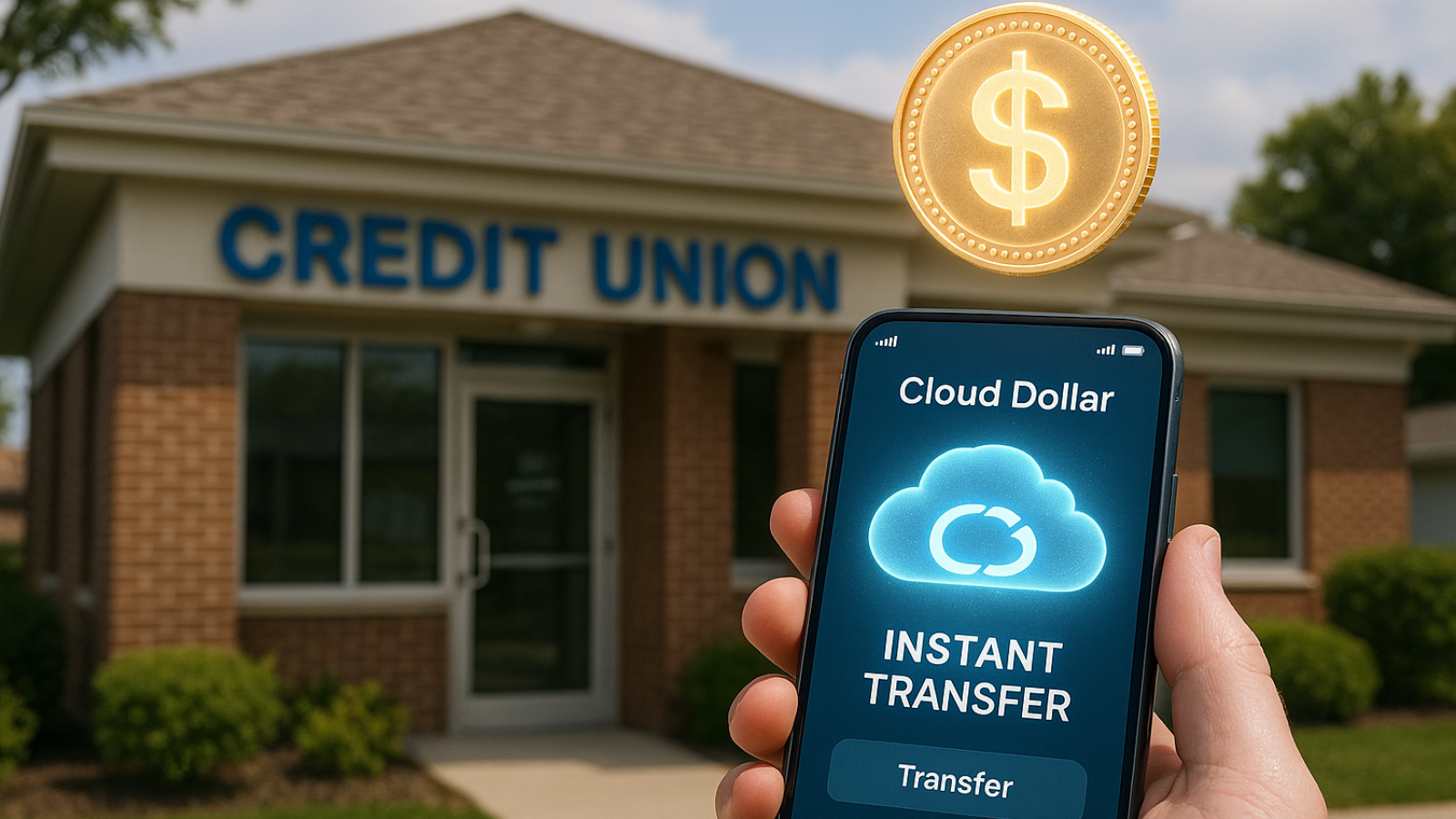
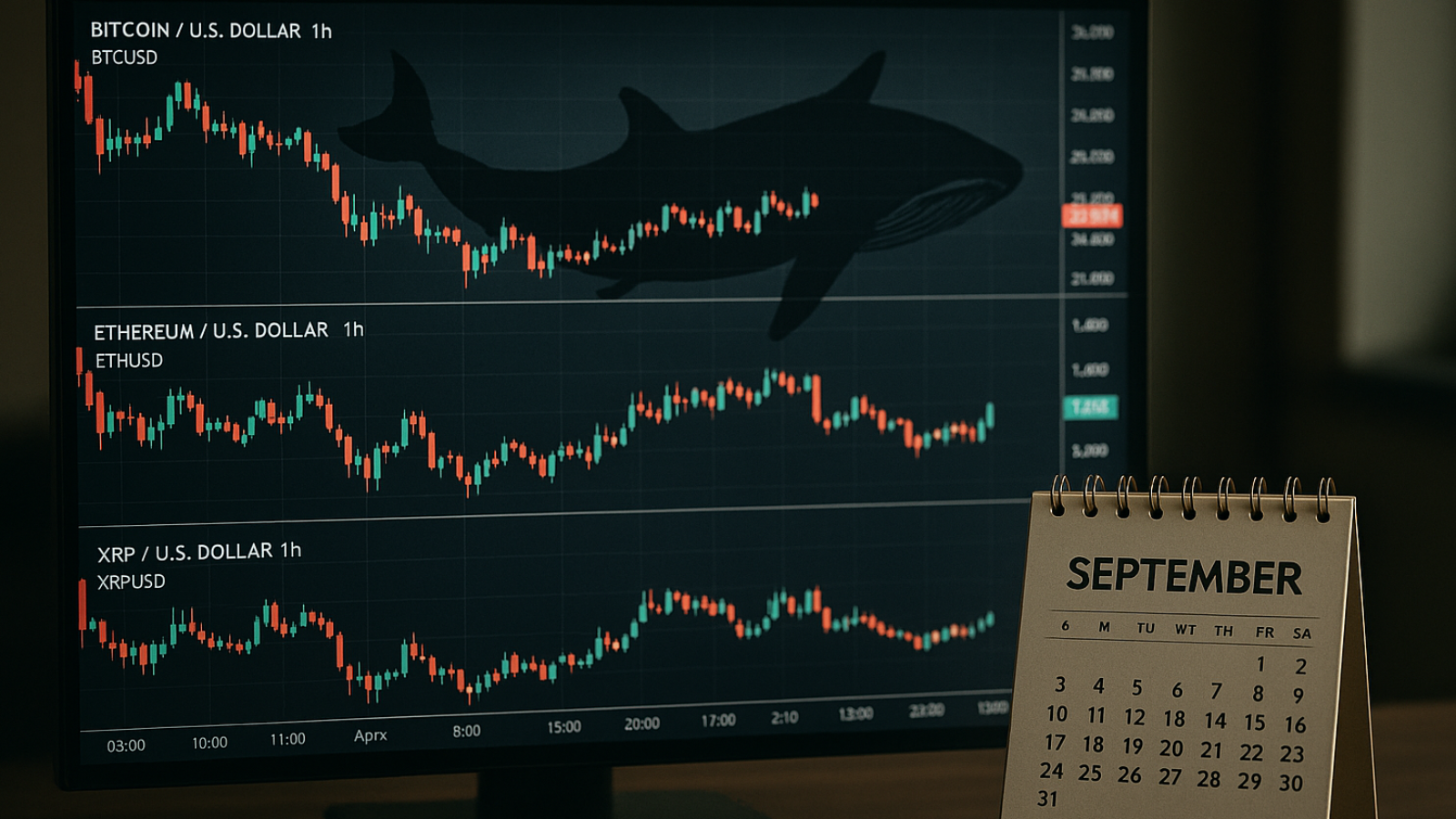





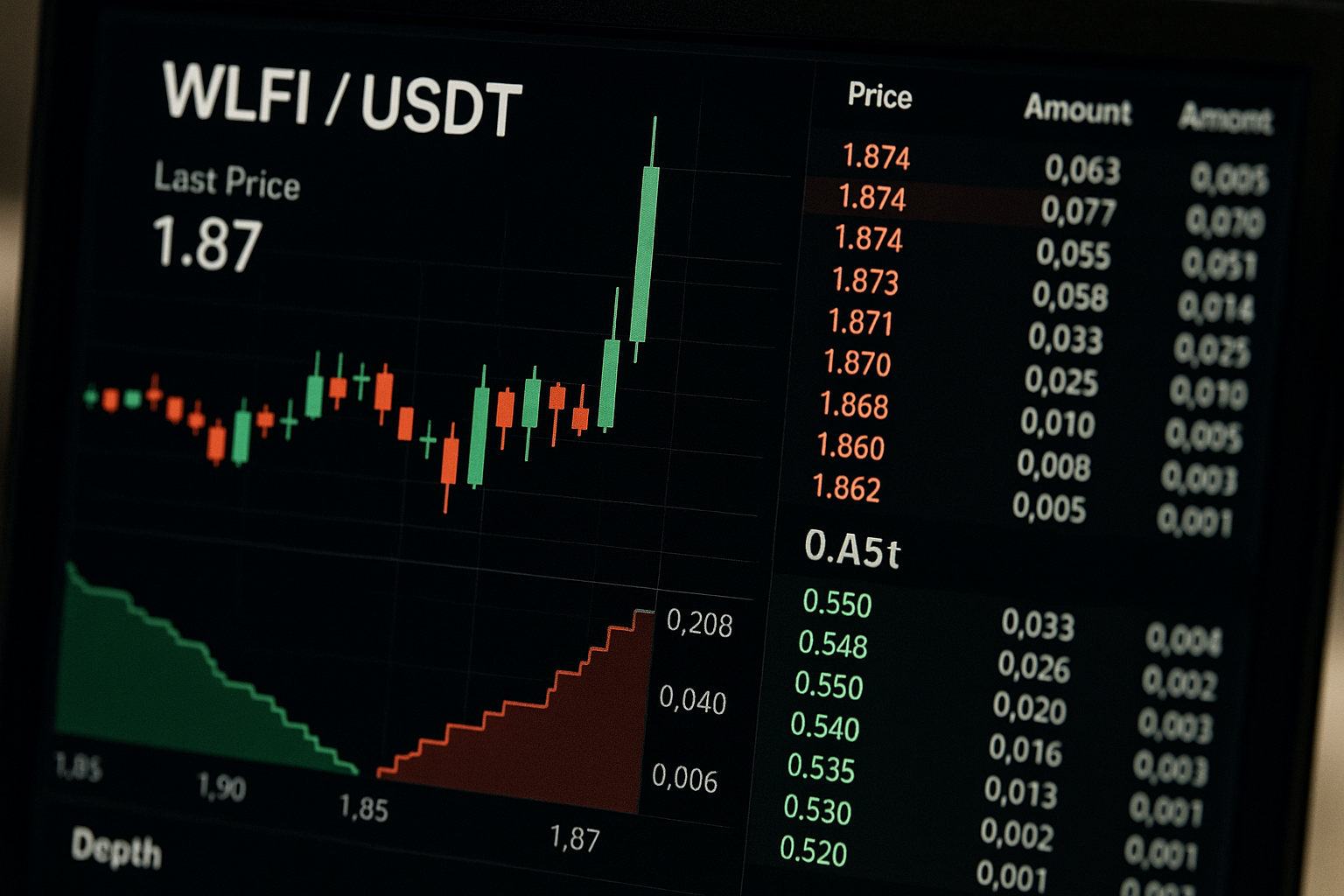
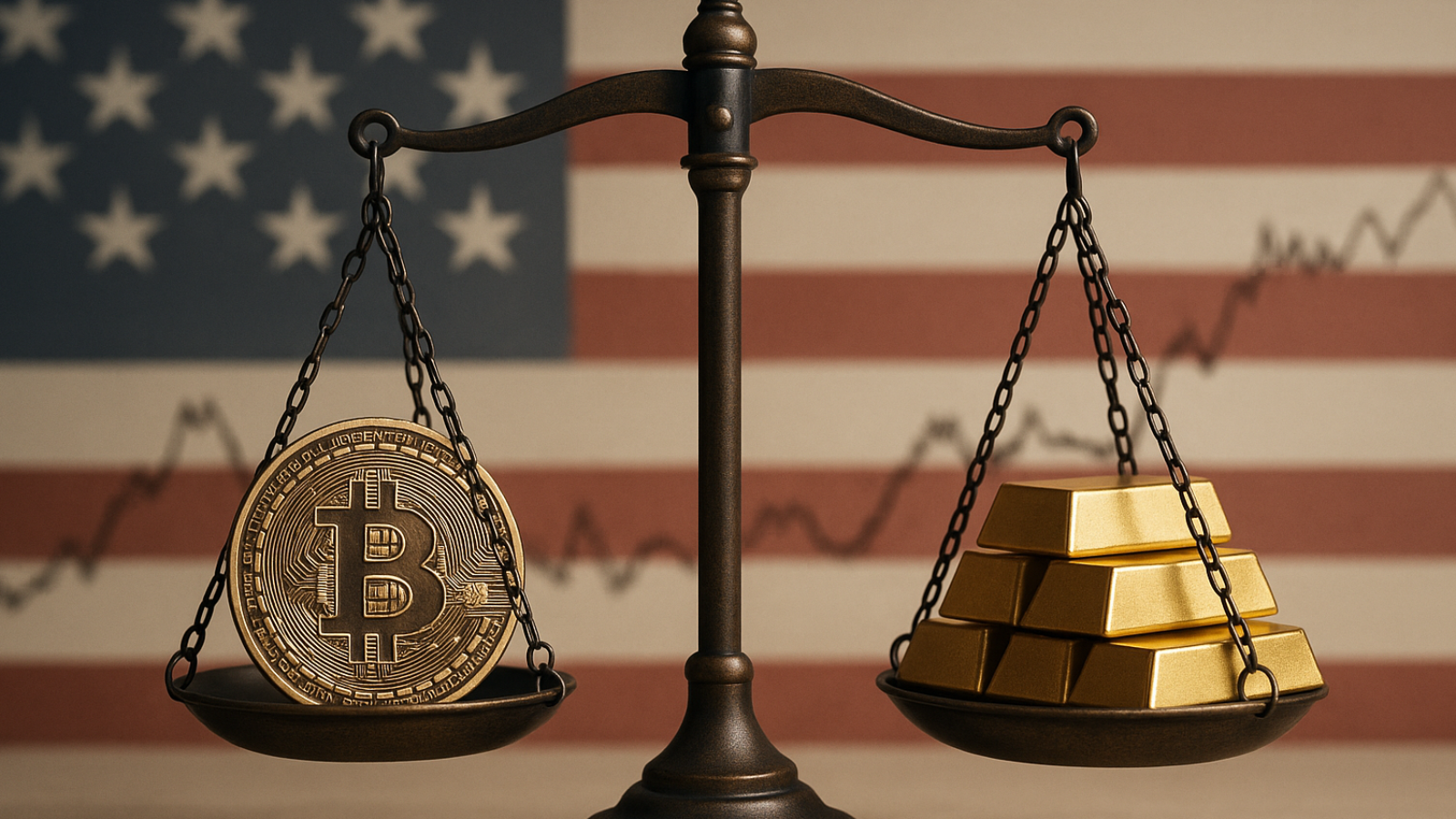

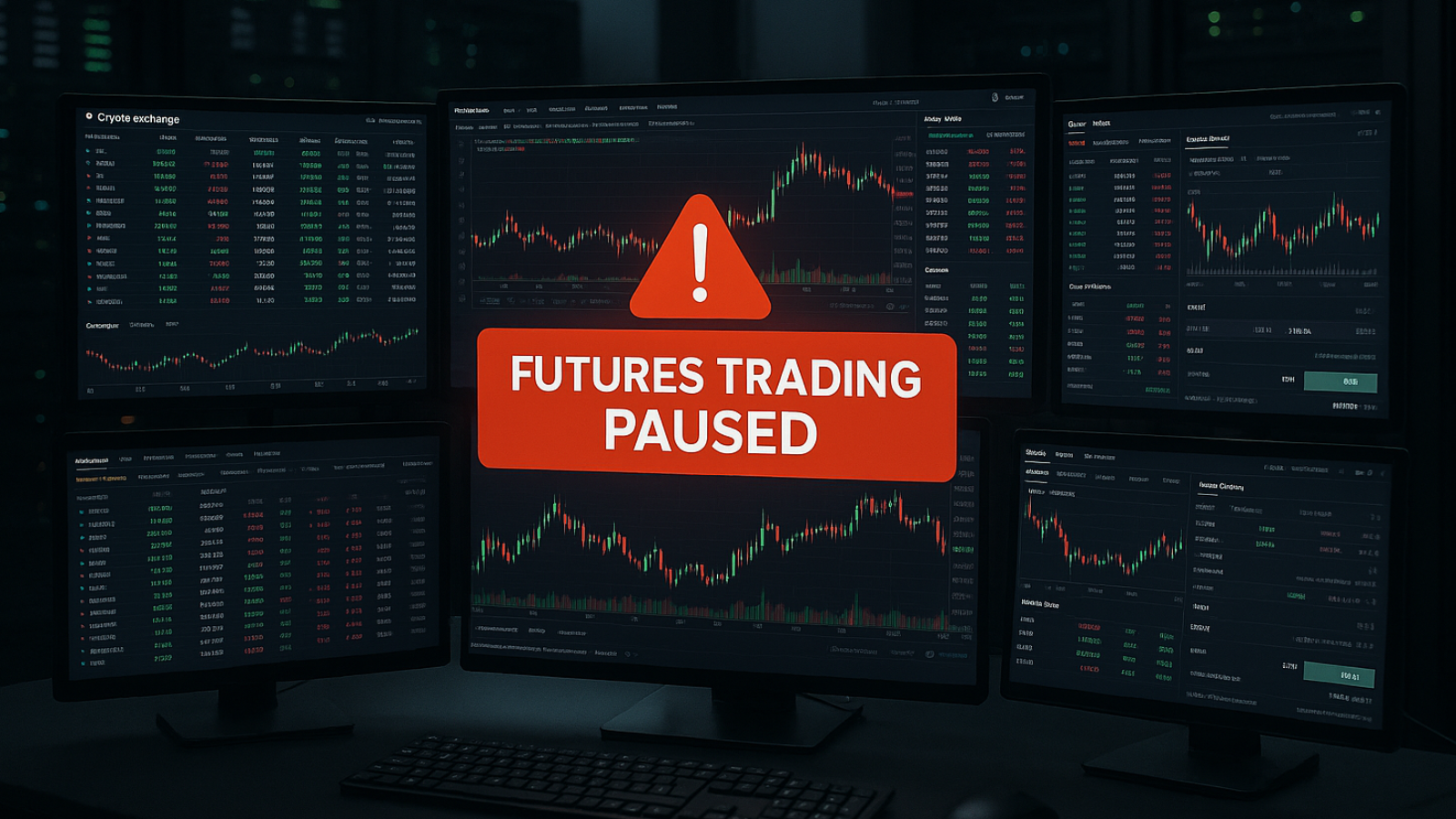

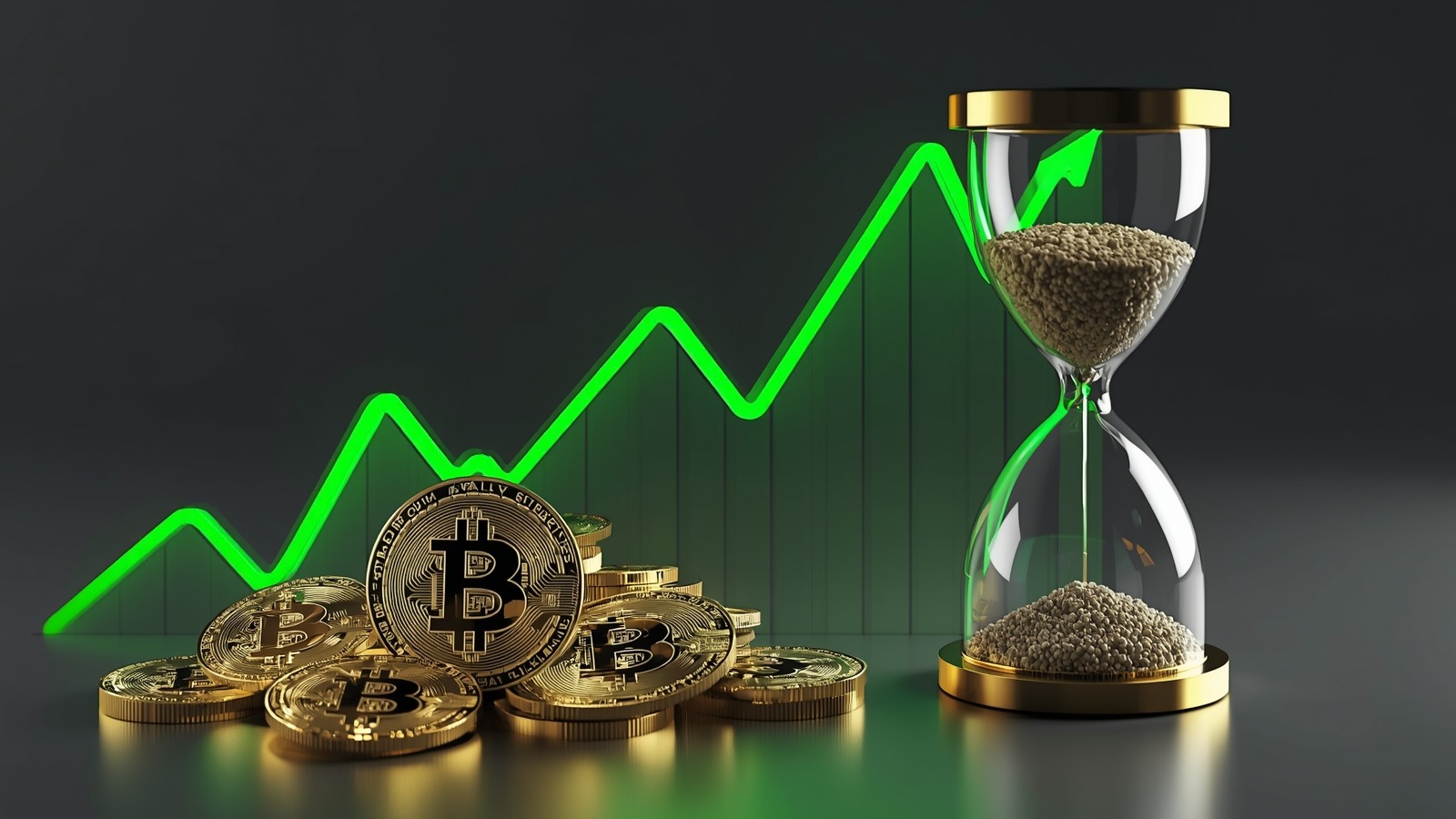
.png)
.png)
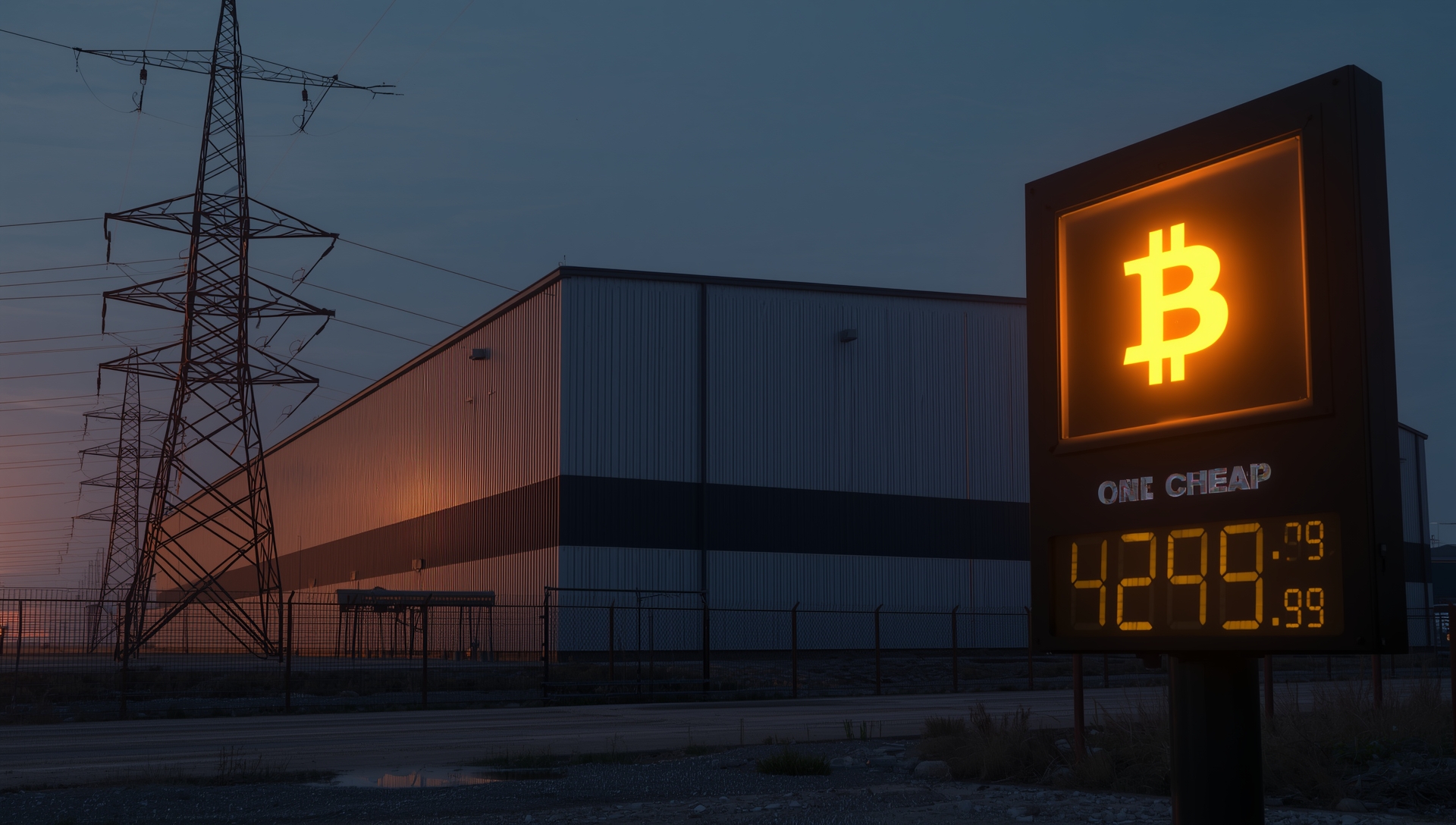
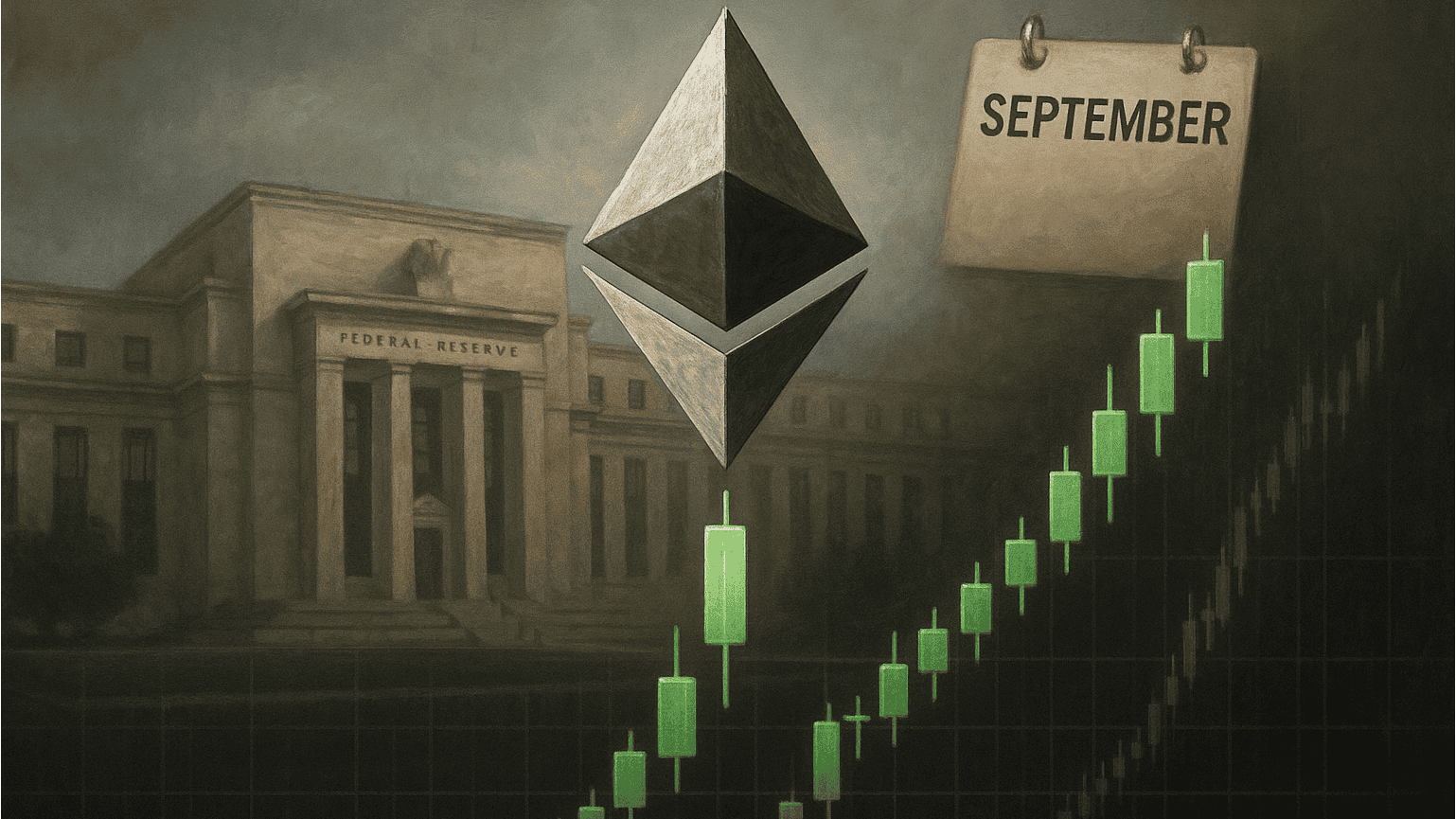
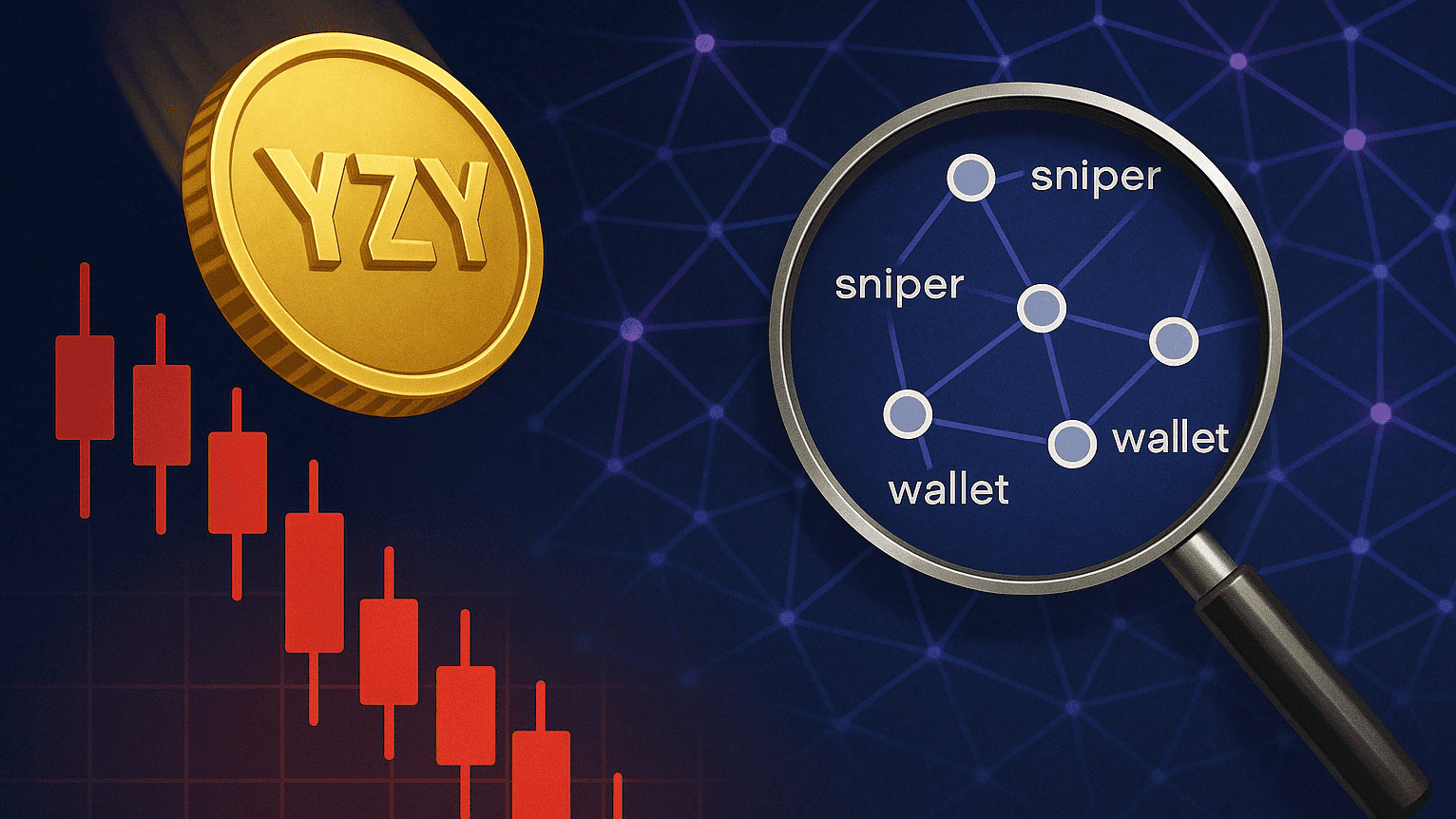
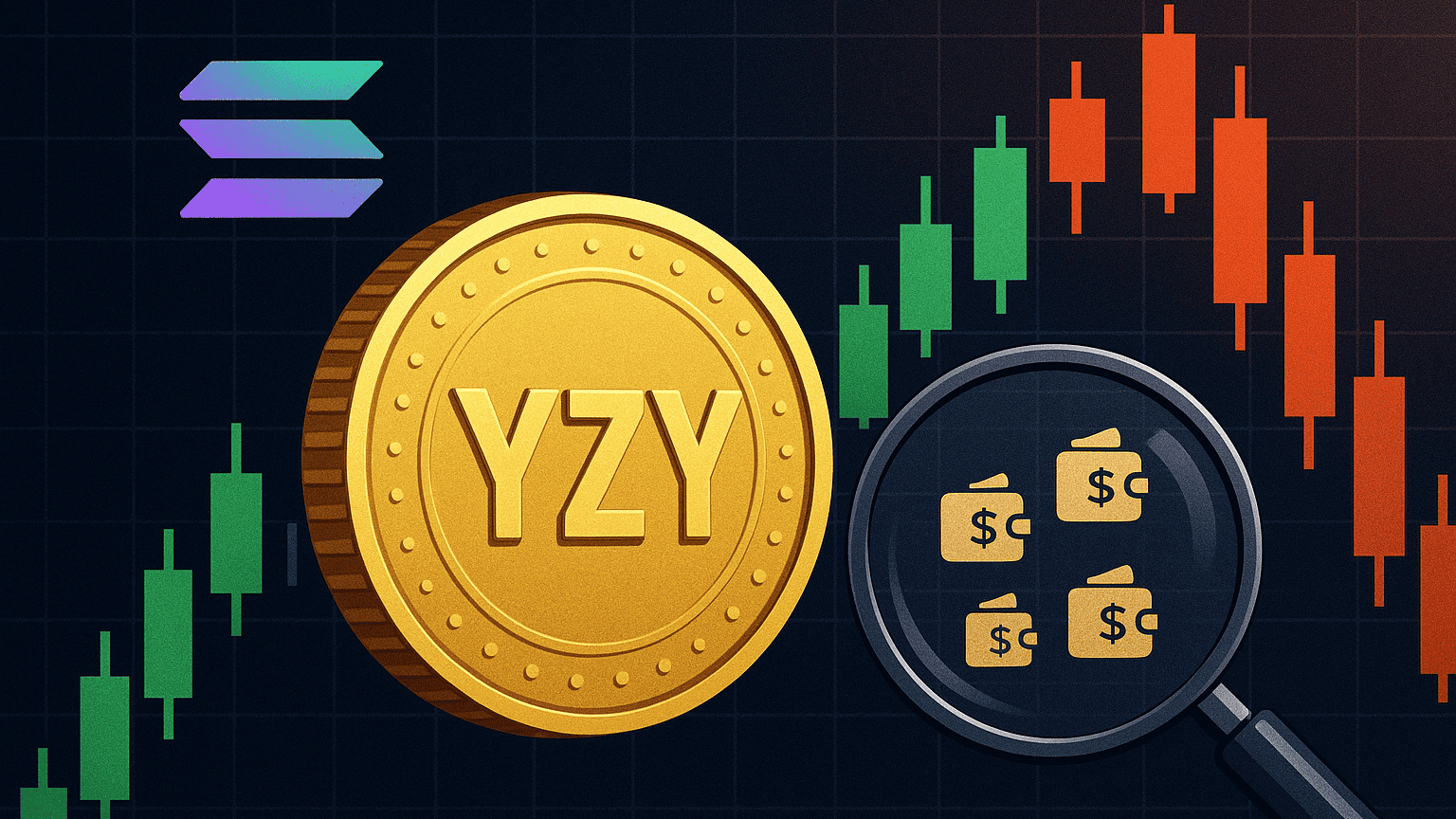




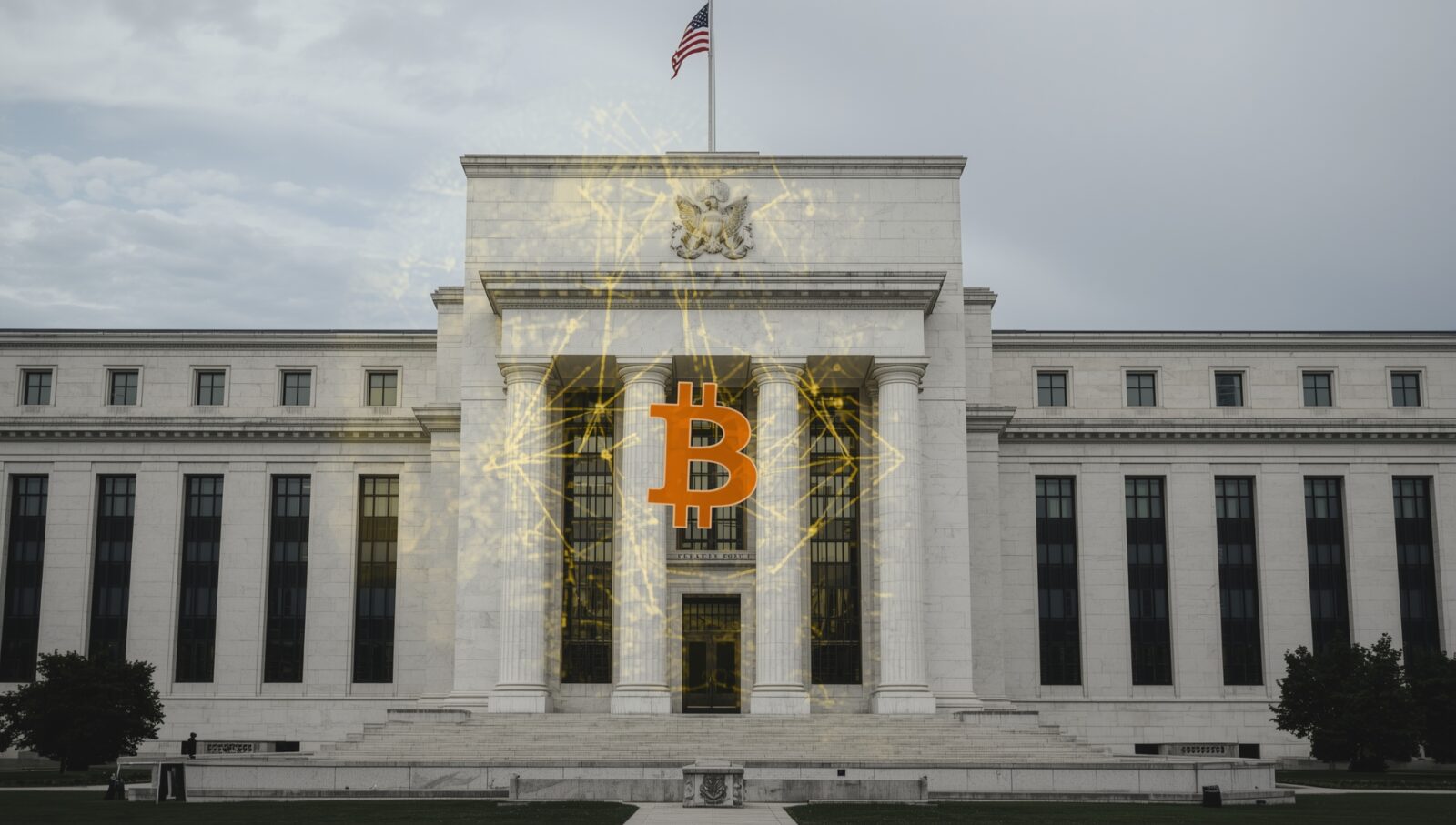
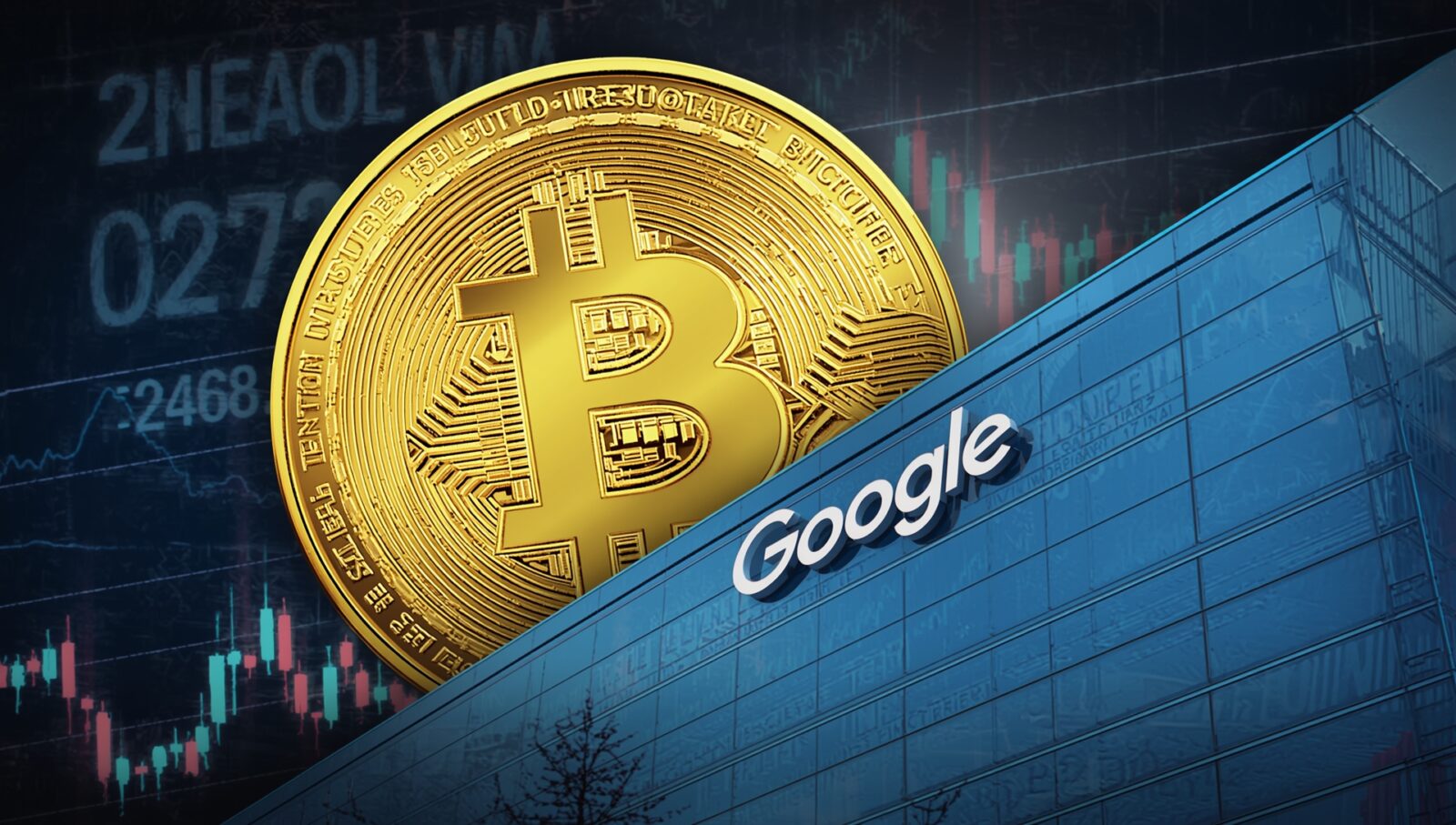


.svg)
.svg)
.svg)
.svg)
.svg)
.svg)